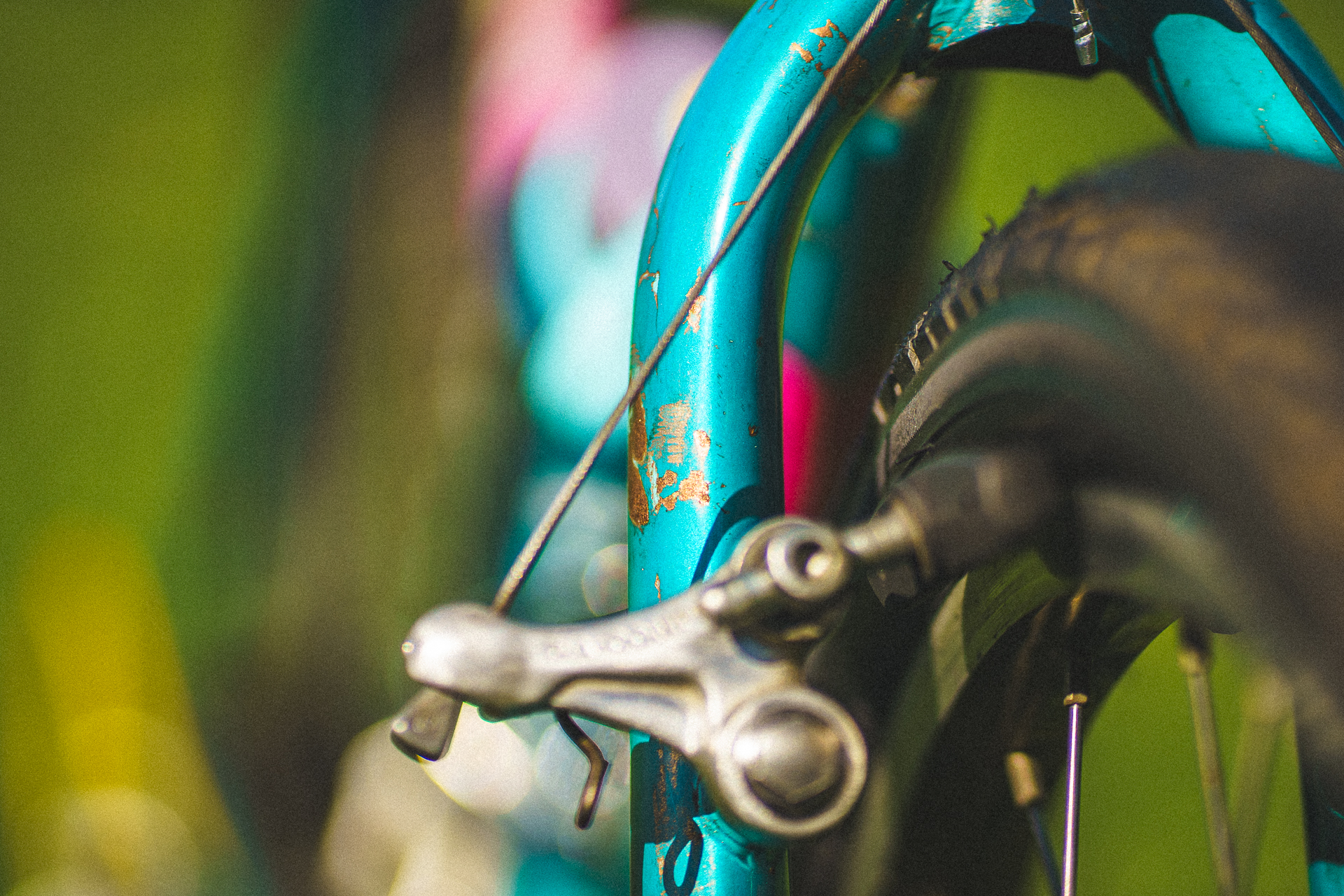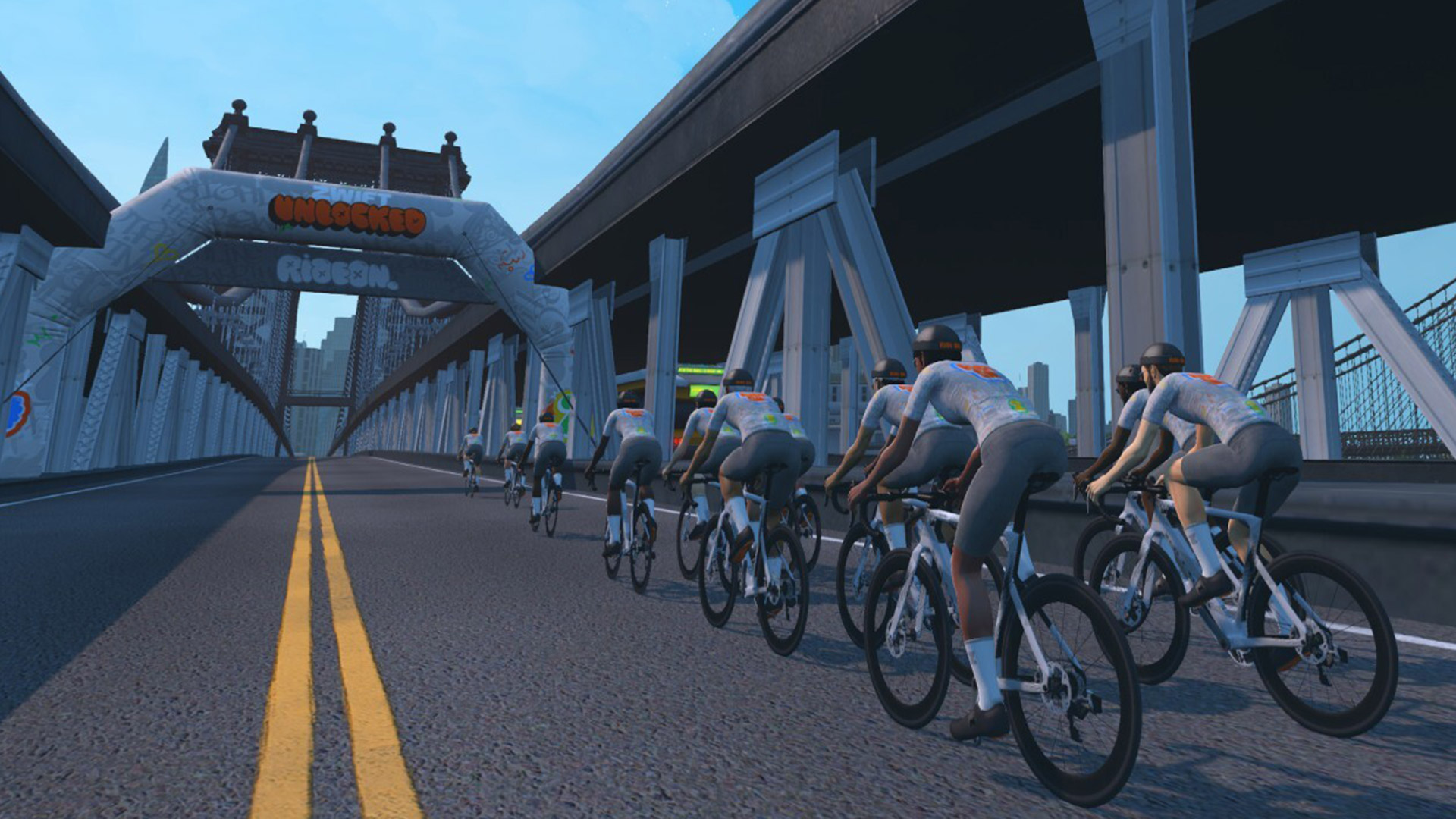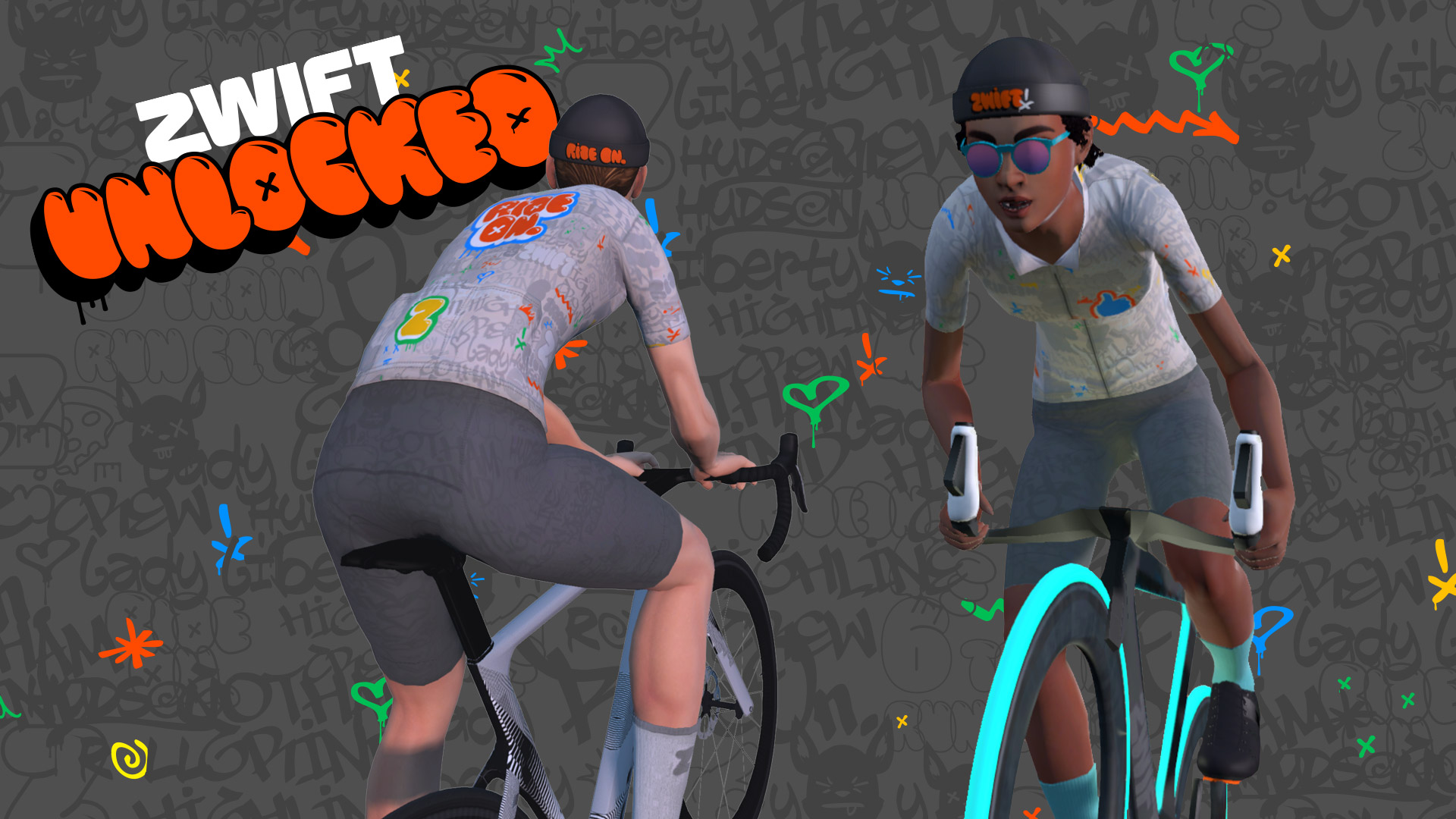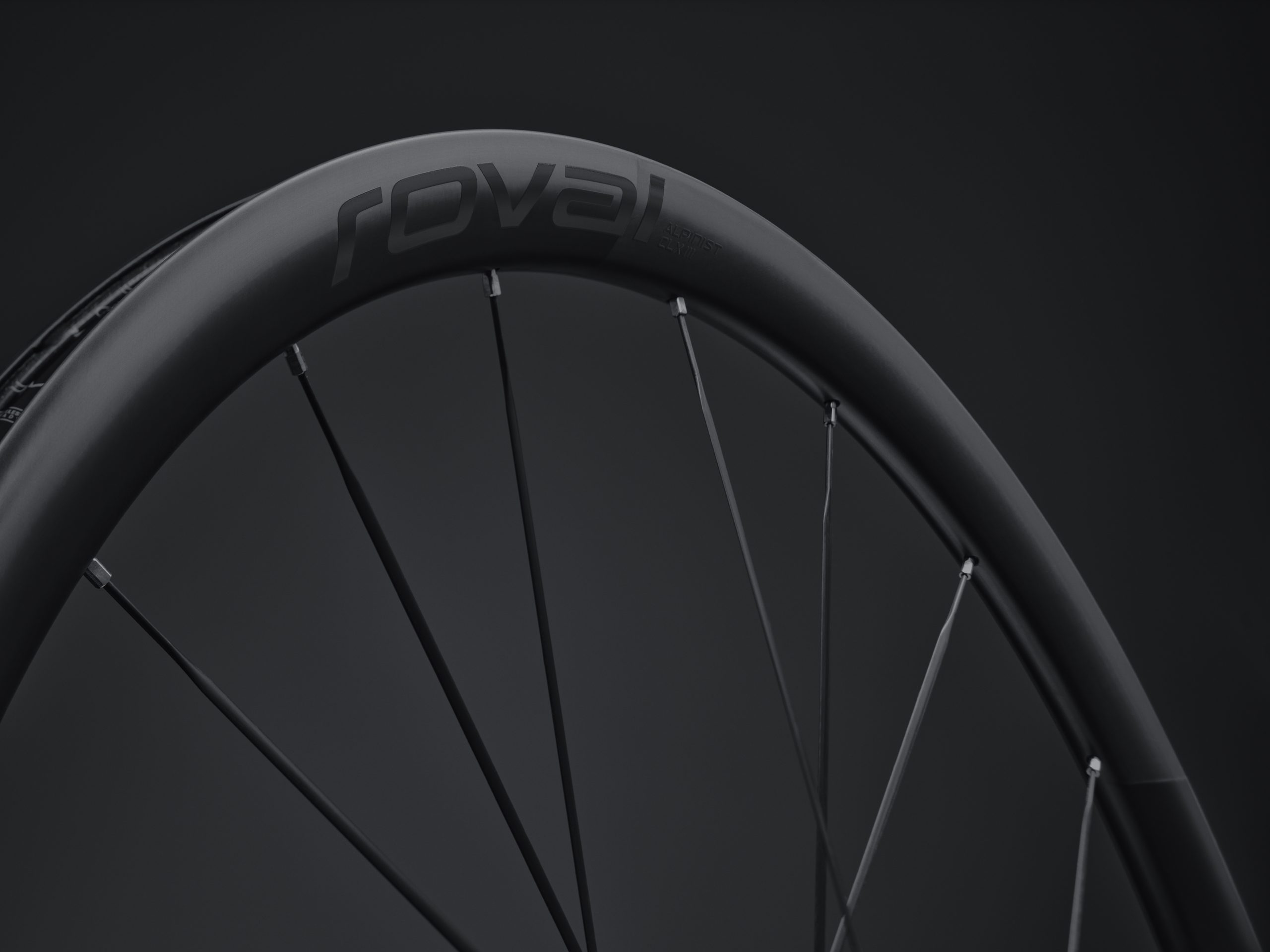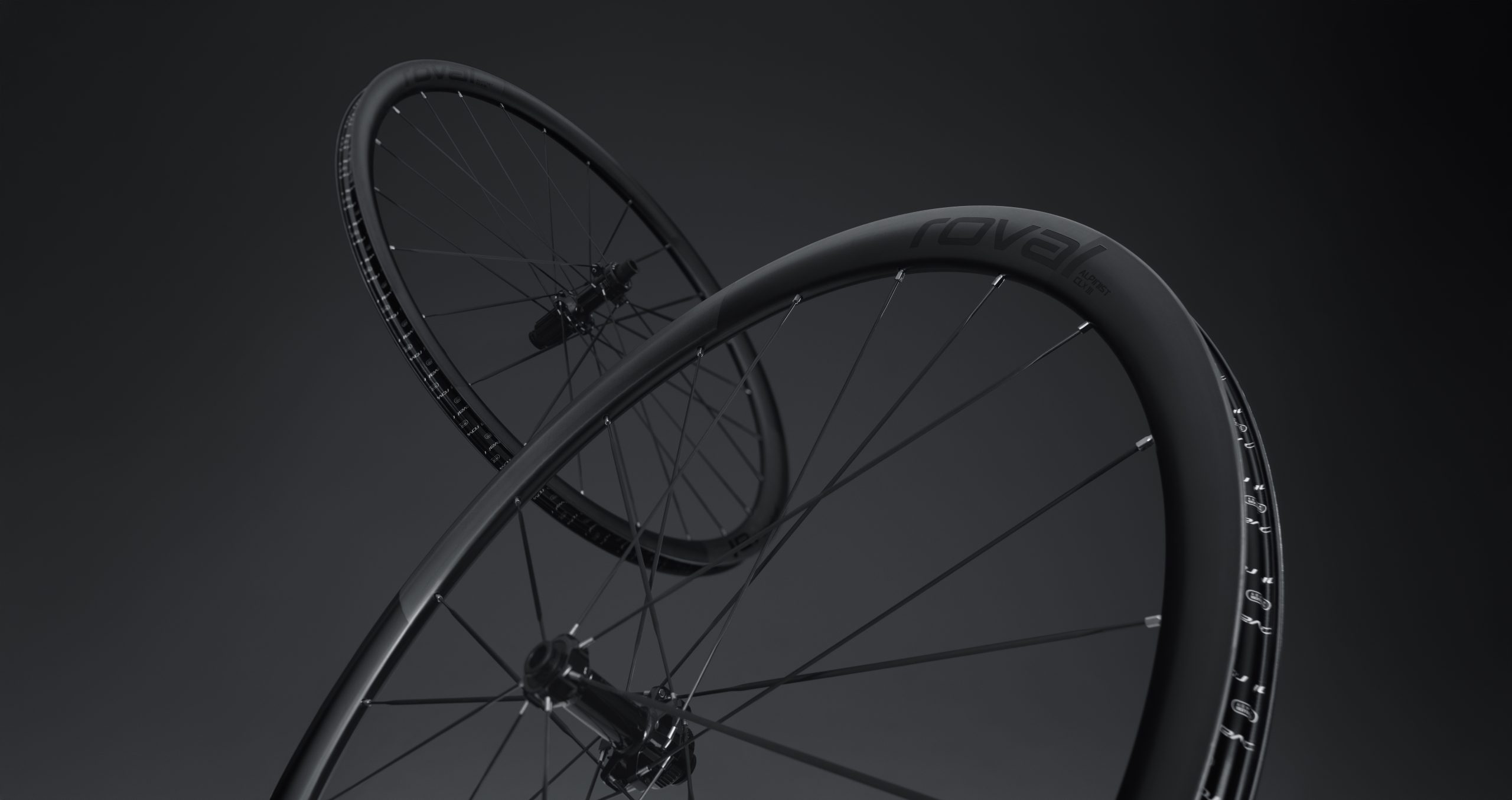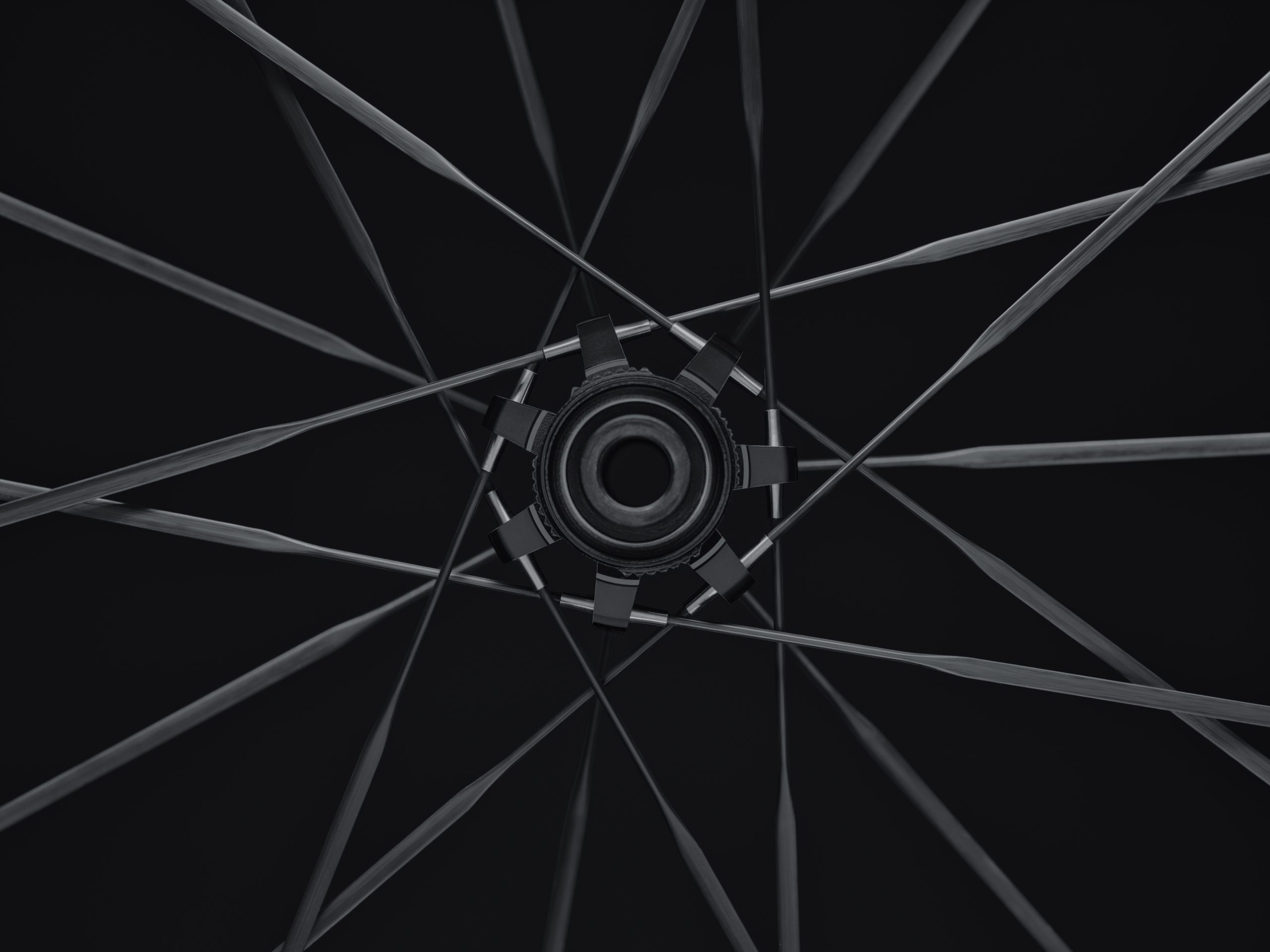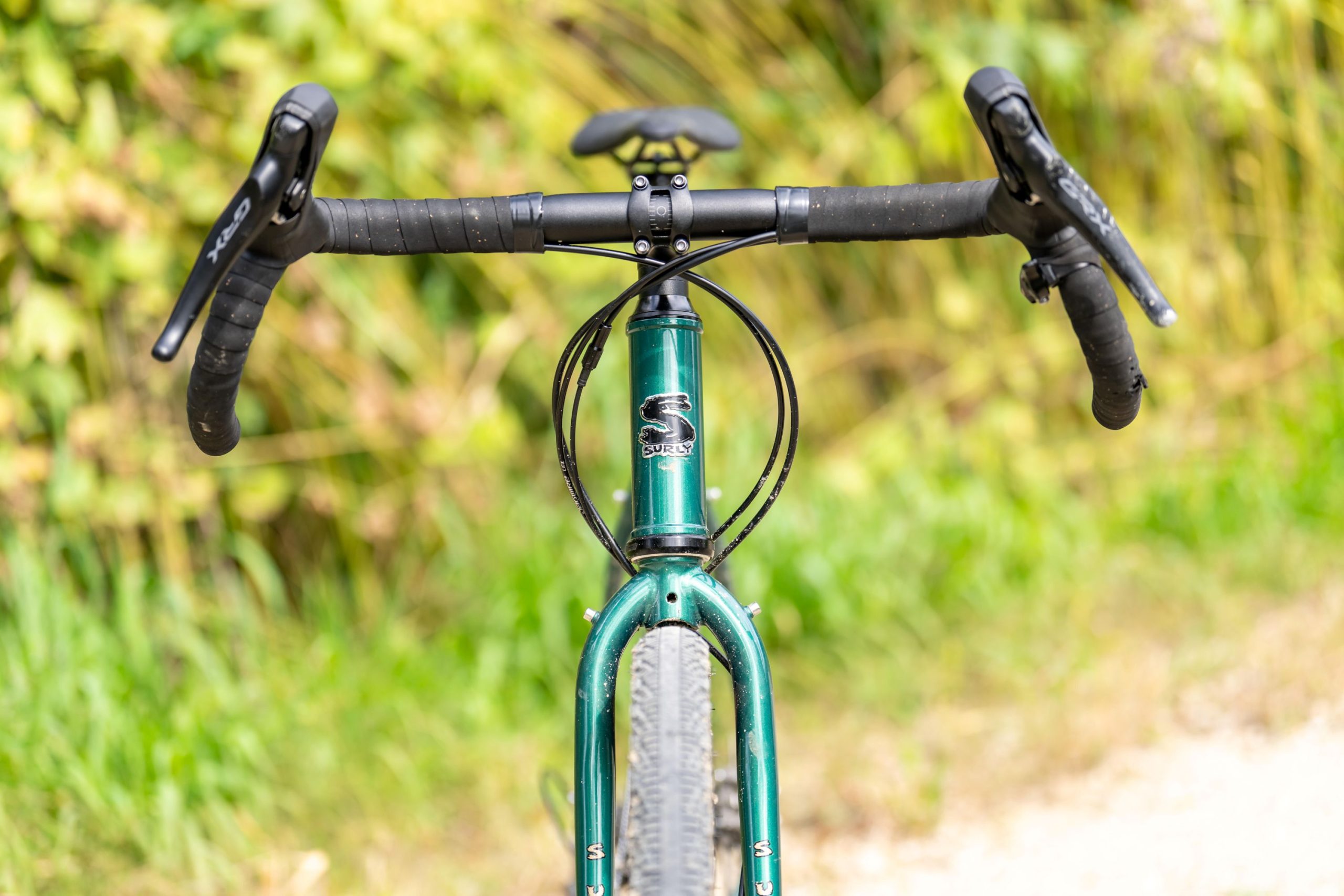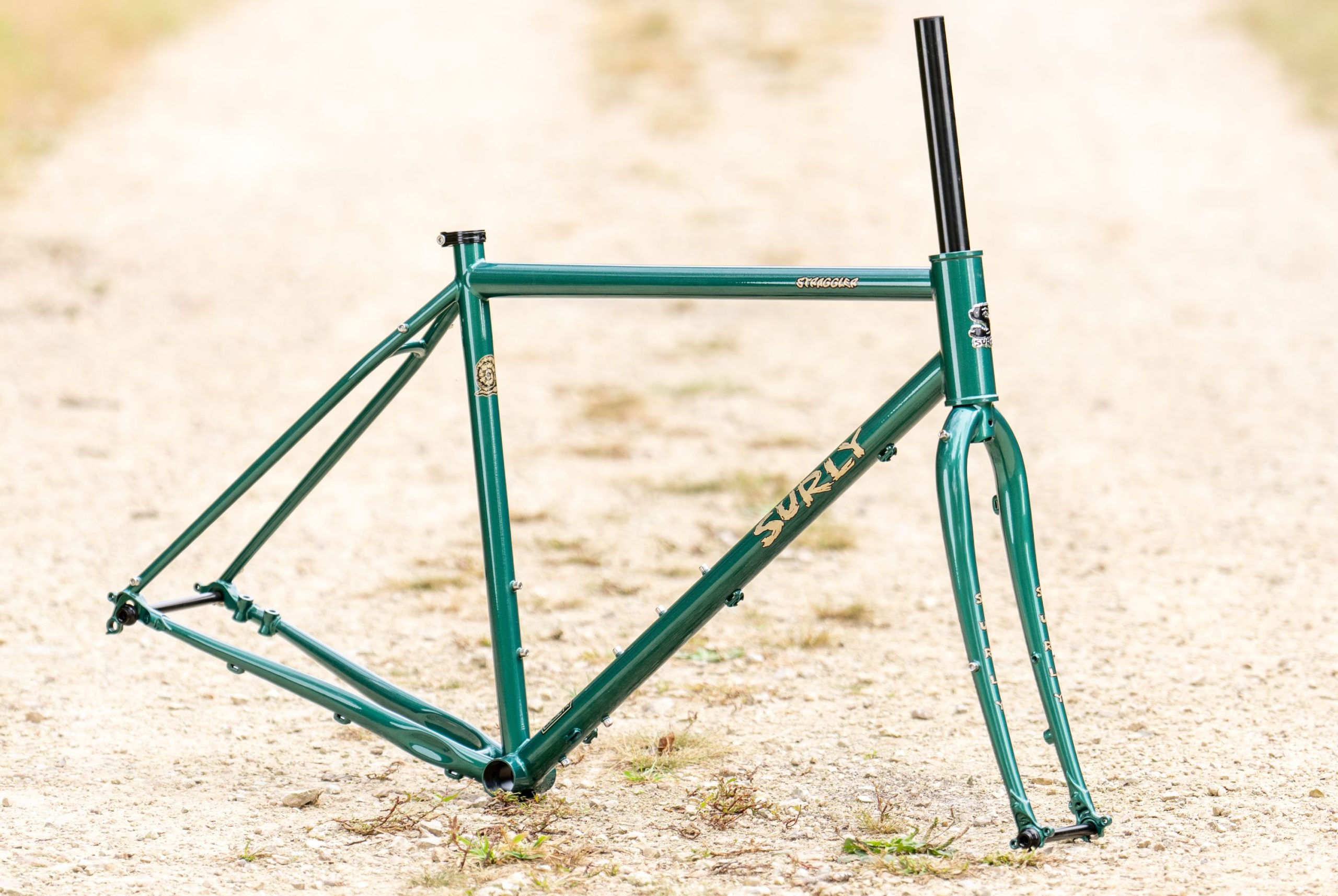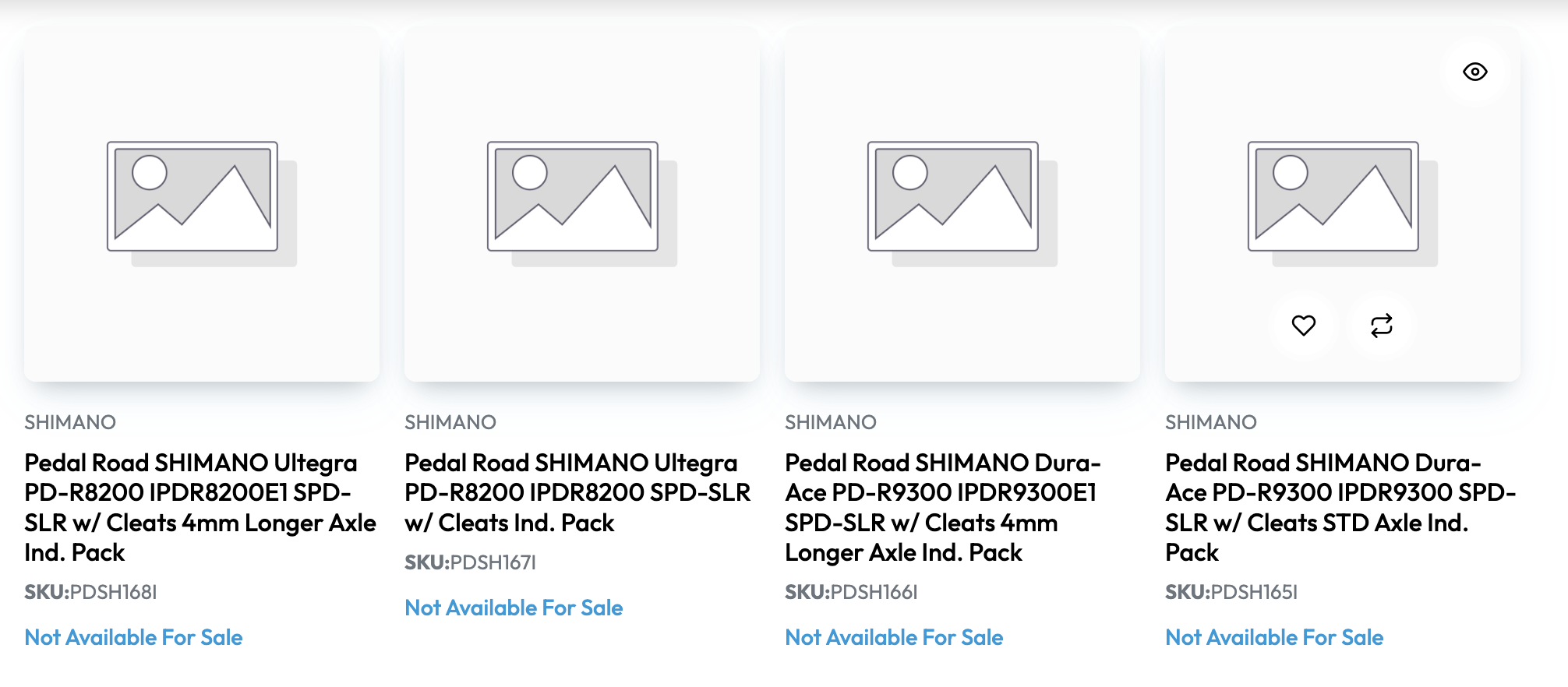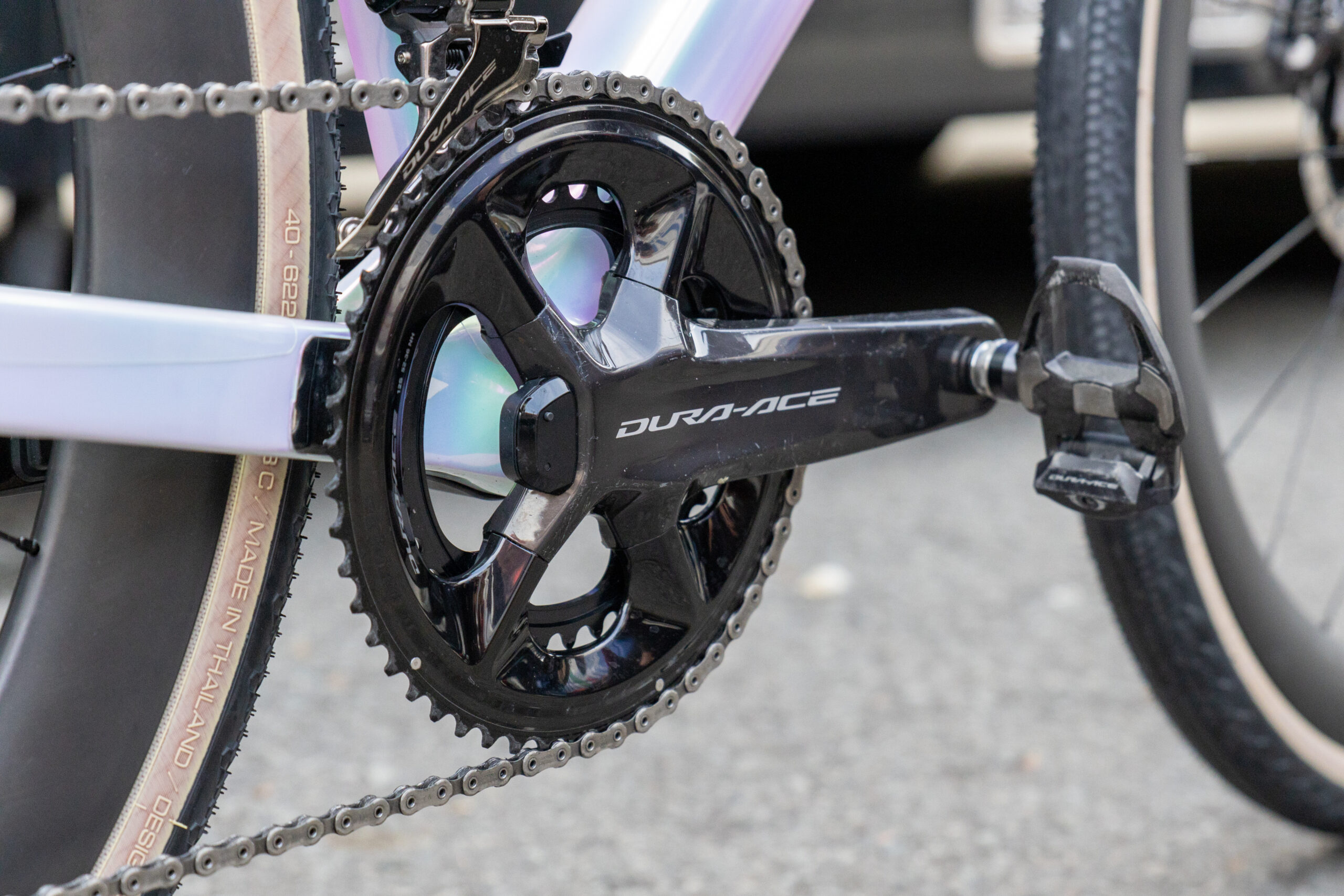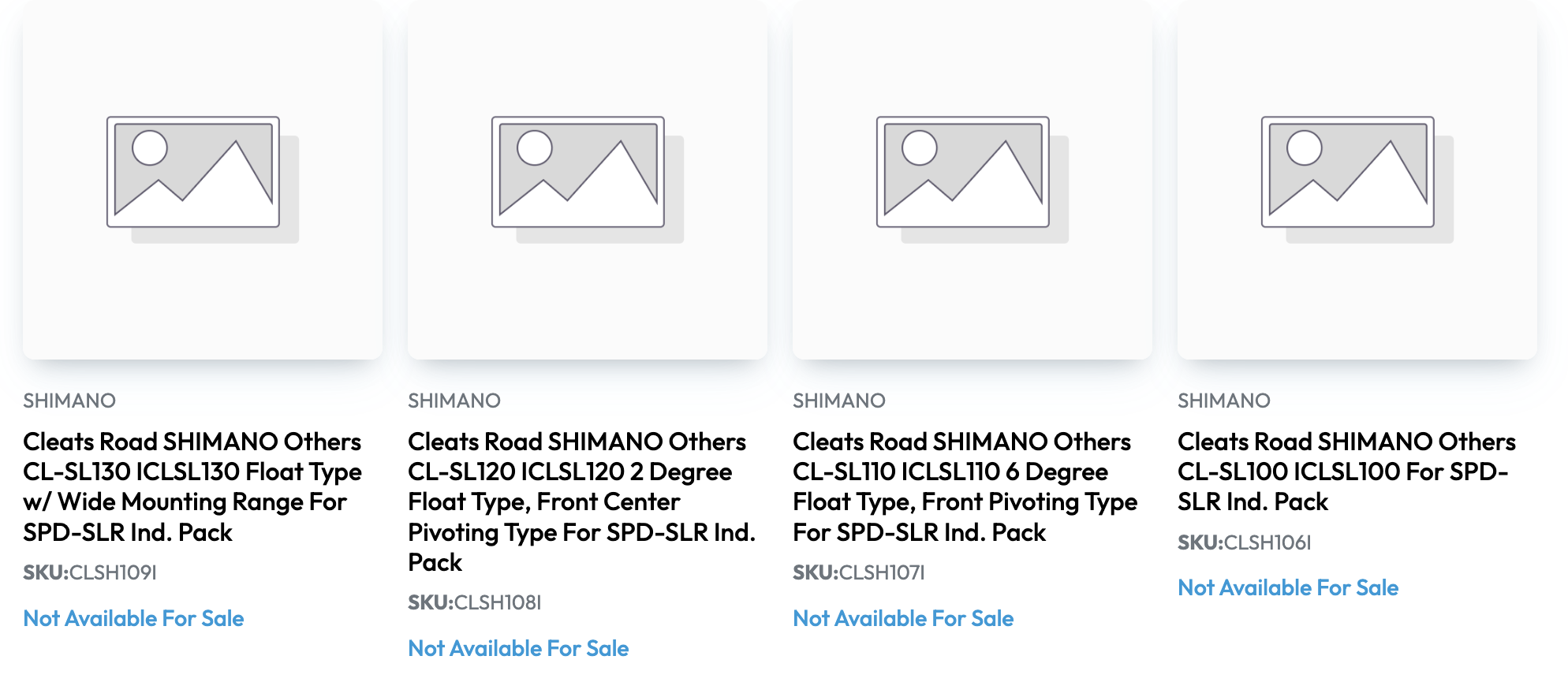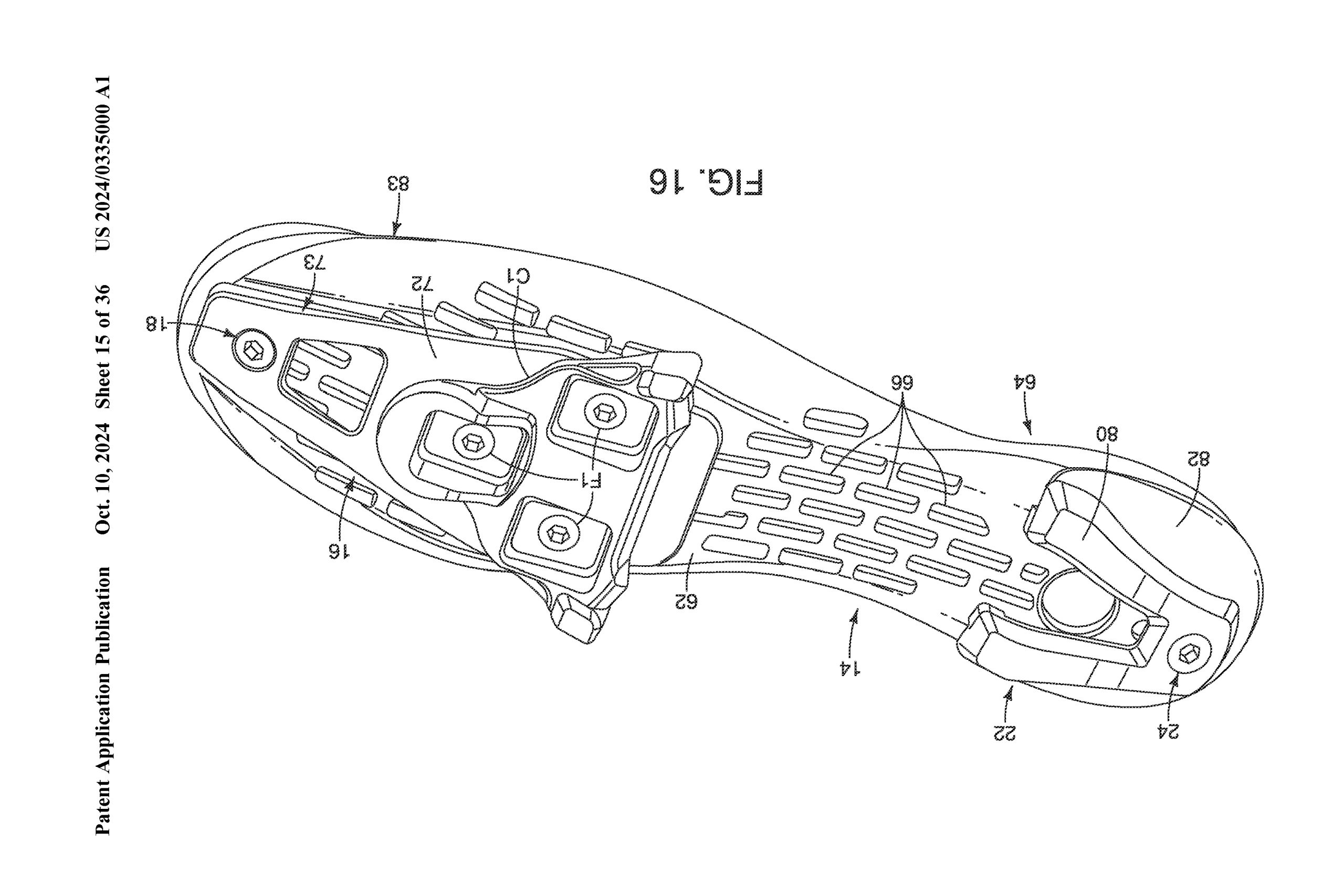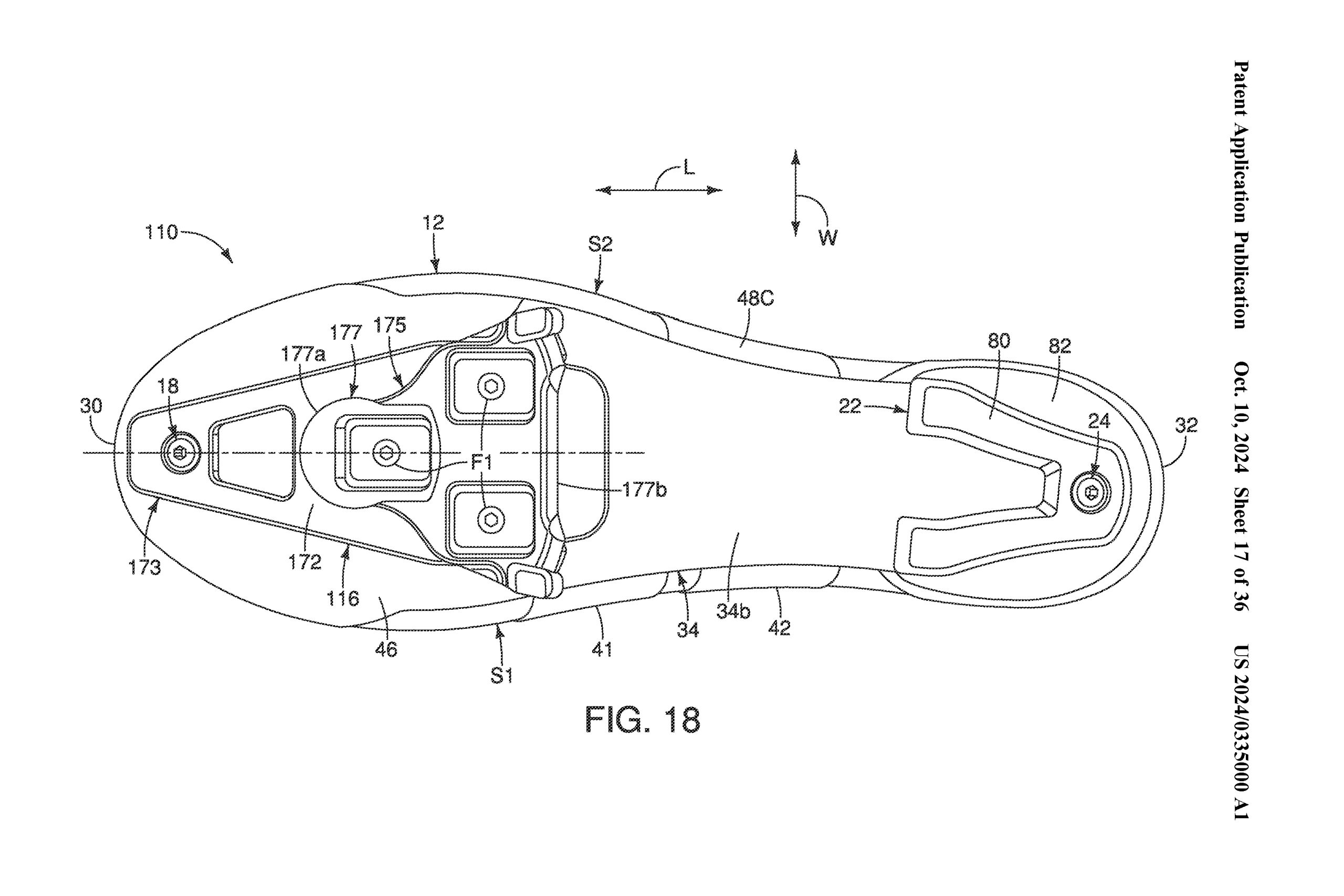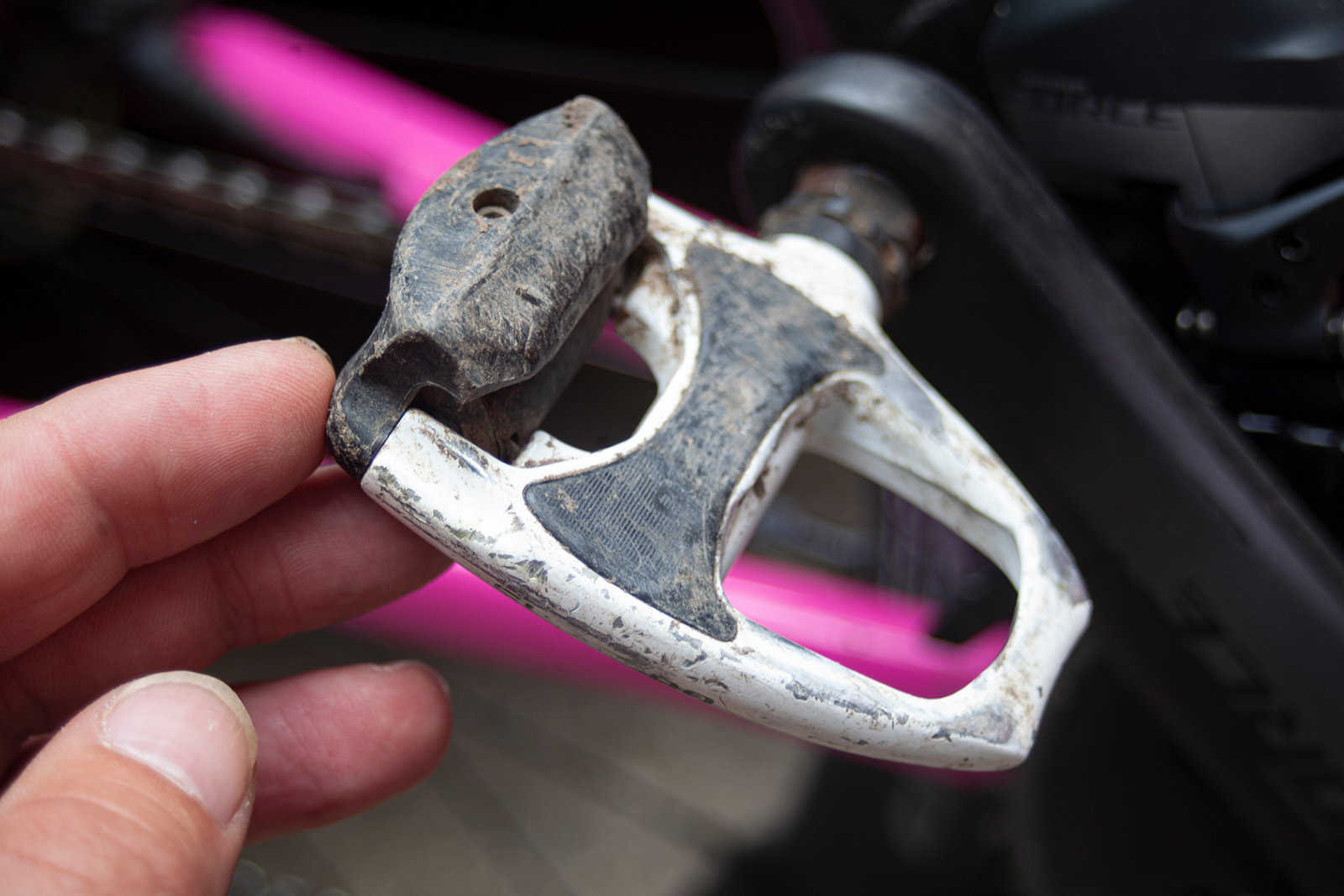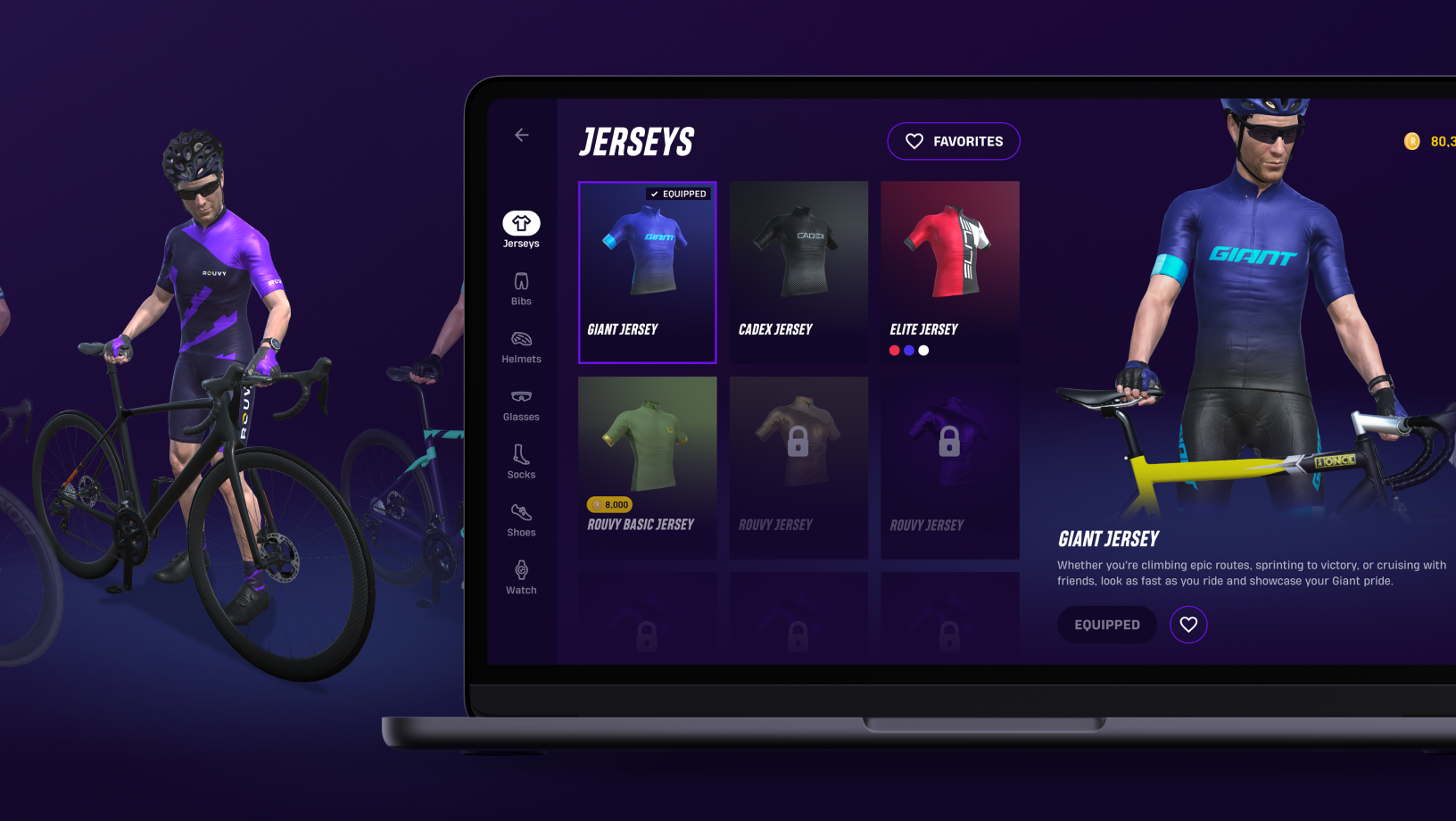Once you get over the fact that part of what made it stand out from the crowd has gone, the Specialized Aethos 2 is about as unsurprisingly good as road bikes come.
It’s extremely impressive if you value all but aerodynamics, and immediately likeable in the same way Pudsey Bear is (it represents ‘good, wholesome’ things and the purity of cycling spirit, for the benefit of our non-UK readership).
It remains expensive, especially in its S-Works guise, although it’s worth noting there are markedly more bikes costing in excess of £12,000 now than there were when the first Aethos launched.
The tweaks to geometry and tyre clearance have also made the Aethos a better bike for more riders, while the integrated front end certainly modernises it.
However, part of the sell here is the ‘synergy’ between the best of Specialized and sibling brand Roval.
Given you don’t get the latest and greatest wheelset unless you plump for the top models – I tested the £7,249 / $8,499 / €8,499 Aethos 2 Pro Di2 – the latest bike looks to be only a marginal improvement on its predecessor.
- The Aethos 2 is the lightest production bike Specialized has ever made at 5.98kg
- Composite spokes mean new Roval Alpinist CLX III wheelset weighs only 1,131g
You get what you pay for

You join me in a small conference room at Specialized’s headquarters in Surrey, UK, where I’m being presented with all the details about the Aethos 2.
S-Works models, check. Second-tier-but-still-great models (at least, the ones more of us will have budget for), check. Synergy between Specialized and sibling components brand Roval, check.
Alongside the Aethos 2 reveal, I’m also told about the new Alpinist CLX III wheelset – it’s 134g lighter than before (according to Specialized) and designed to complement the new Aethos. The catch is, if you want said wheelset, you’ll need an S-Works model.
Everyone else needs to settle for the existing Alpinist CL II, or C38, carbon wheelsets. Specialized says it has performed a rolling update to the rim beds so they’re “fully ETRTO compliant”, like the CLX III, but these fundamentally remain the same as before, and less impressive on the scales or spec sheet.
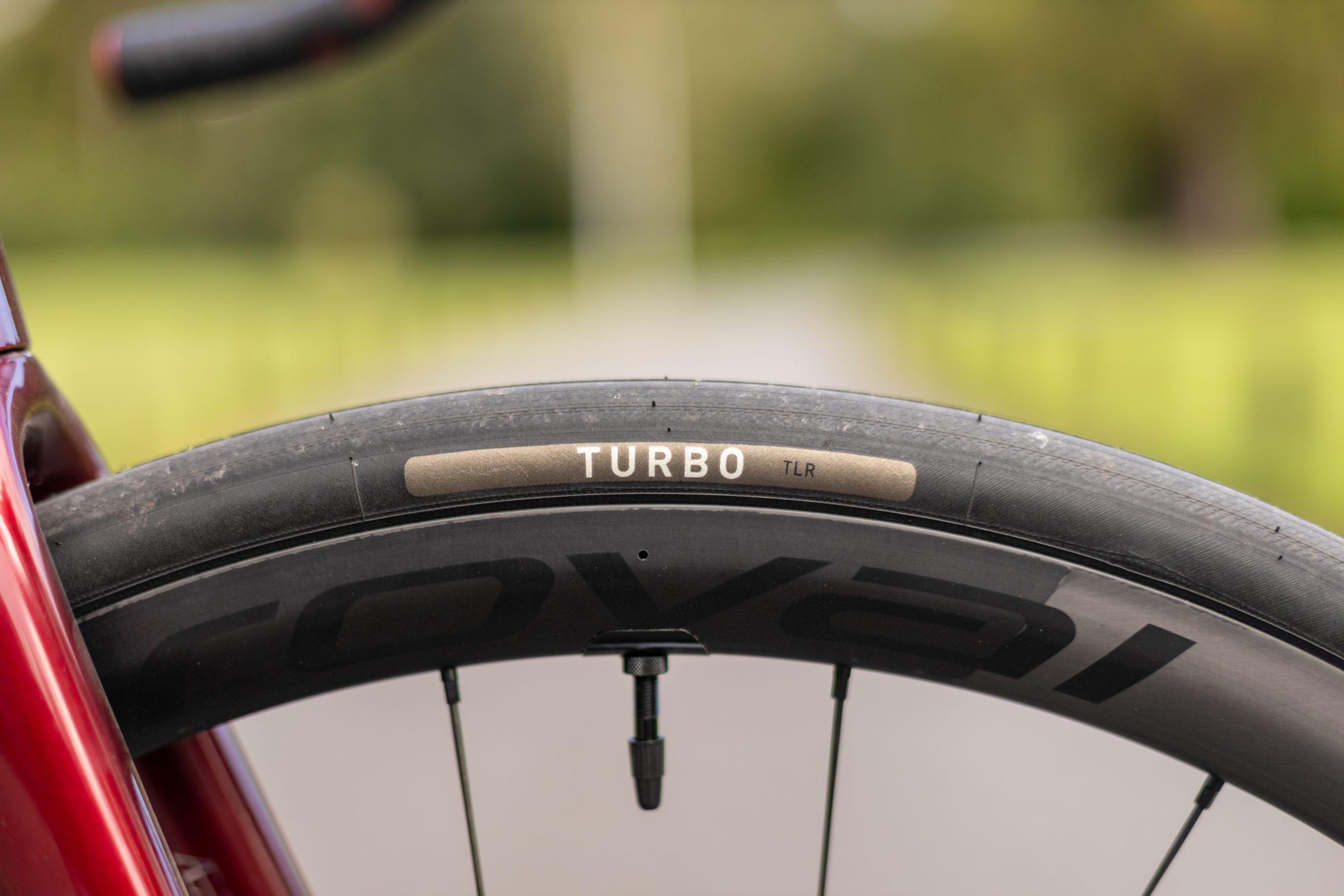
So, while you get a frameset with the modifications Specialized has made in the interests of improving the Aethos, you don’t get the thing that’s supposed to complete the package.
Of course, it’s nothing new to see cheaper components as you move down the range. However, unlike the previous-generation Aethos where such a disparity in wheels arguably didn’t exist, a non-S-Works Aethos 2 is now a less appealing proposition (or, at least, the S-Works version is rendered even more appealing – you decide).
I’m assigned an Aethos 2 Pro Di2 to try – the frame is new and made of Fact 10r carbon to weigh within 6g of its predecessor (705 vs 699g in a size 56cm), as is the new Alpinist integrated cockpit it comes with.
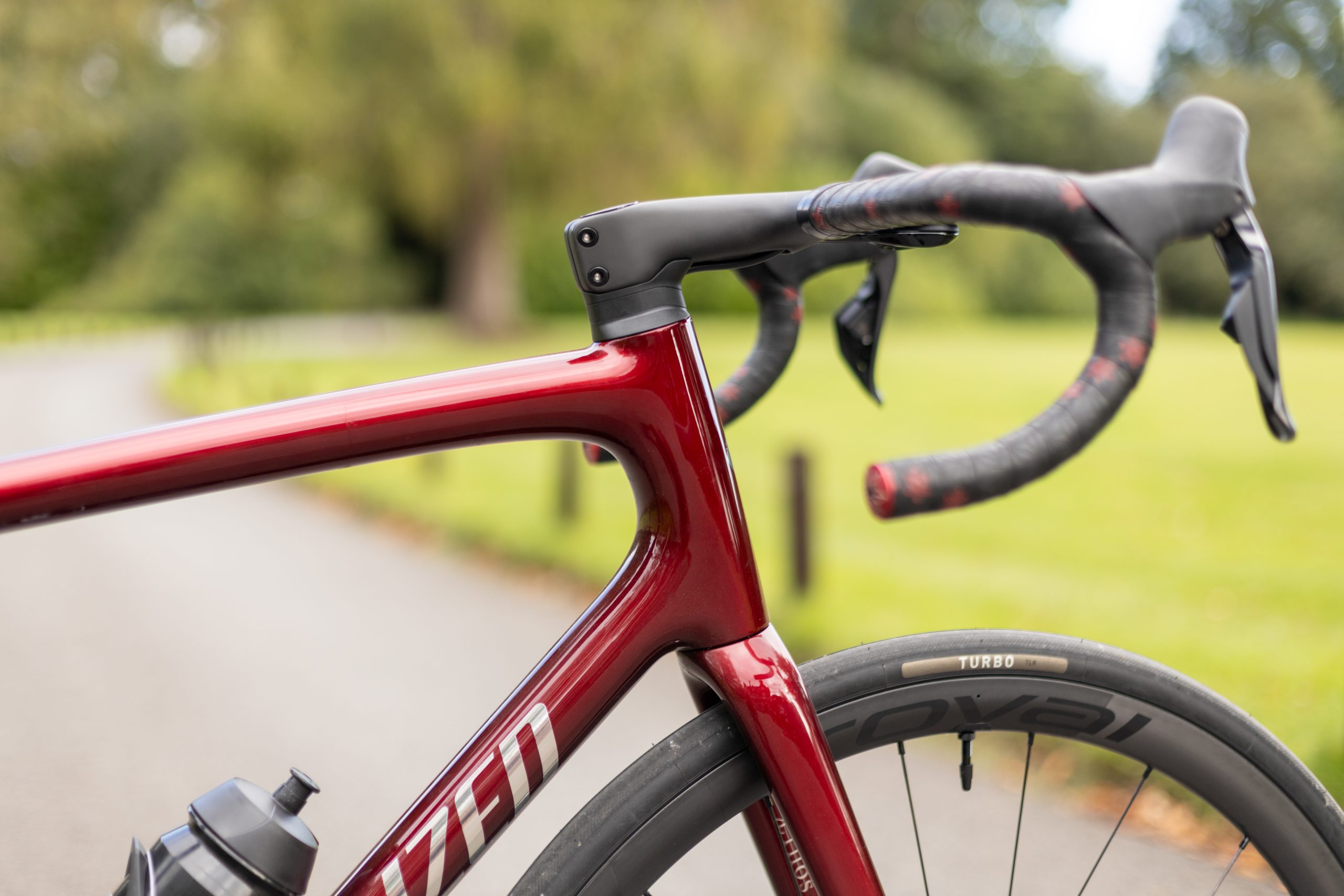
I’m trying – and probably failing – to not come across as bougie in my privileged bike-hack position, though. In isolation, the Aethos 2 Pro Di2 offers a great spec, even if there are plenty of others that can match or best it for value.
A Scott Addict RC 20 (£5,899 / $5,700 / €5,999), for example, is an excellent purchase without a power meter, as is the 2026-spec Canyon Ultimate CF SLX 8 Di2 (£5,599 / $5,999 / €6,049) with the same left-only power meter as this Aethos. I’d always prefer to see a dual-sided power meter for accuracy purposes, but 4iiii at least offers a relatively easy upgrade path.
But, of course, it’s a hefty £4,250 cheaper than the all-singing S-Works bikes with those flashy wheels. If not top value, then, it’s certainly better.
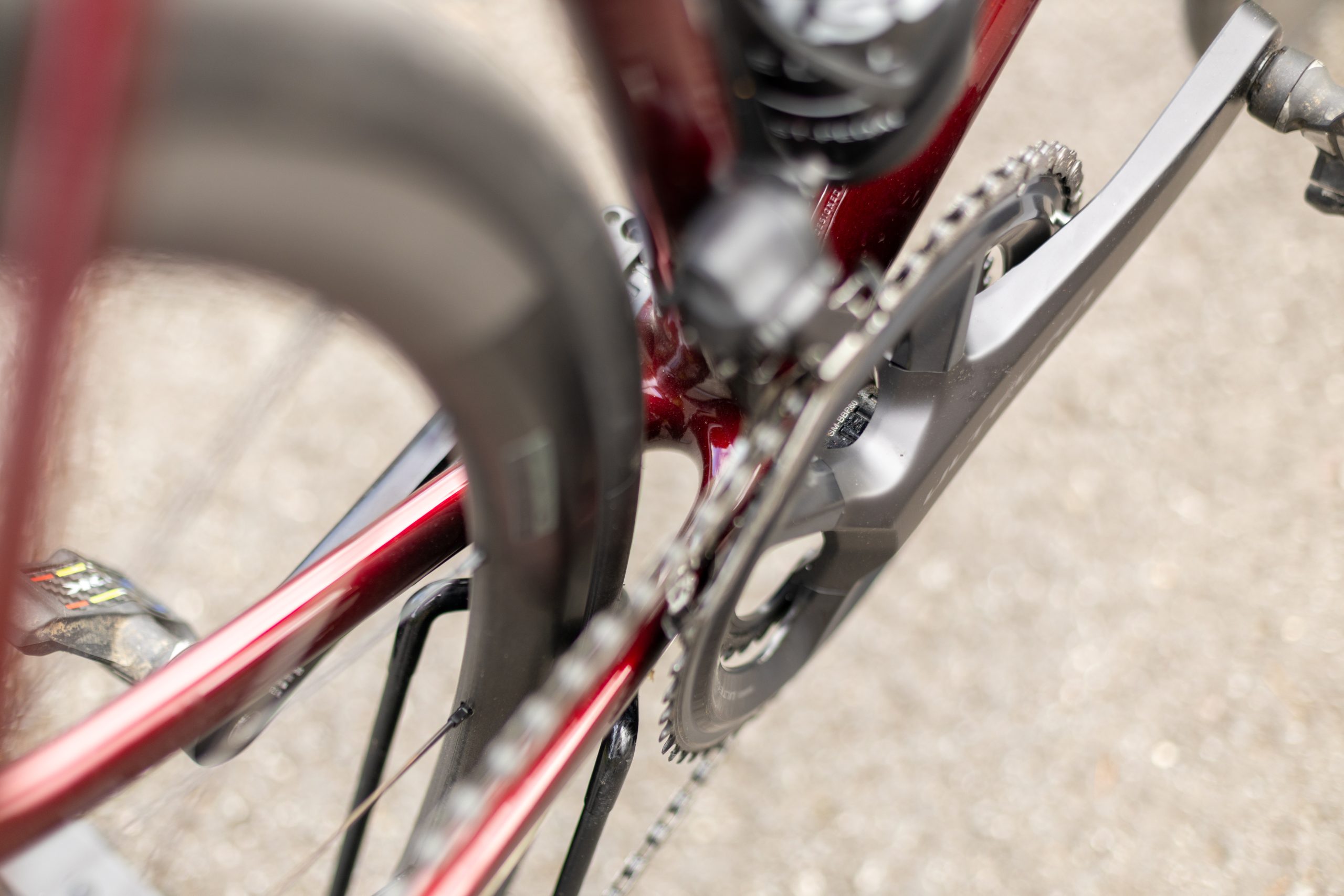
Specialized Aethos 2 Pro Di2 headline specs
- Price: £7,249 / $8,499 / €8,499
- Groupset: Shimano Ultegra Di2 R8100
- Power meter: 4iiii Precision Pro
- Wheelset: Roval Alpinist CL II
- Tyres: S-Works Turbo TLR, 700x28c
- Claimed weight: 6.73kg
As smooth as… a smooth thing
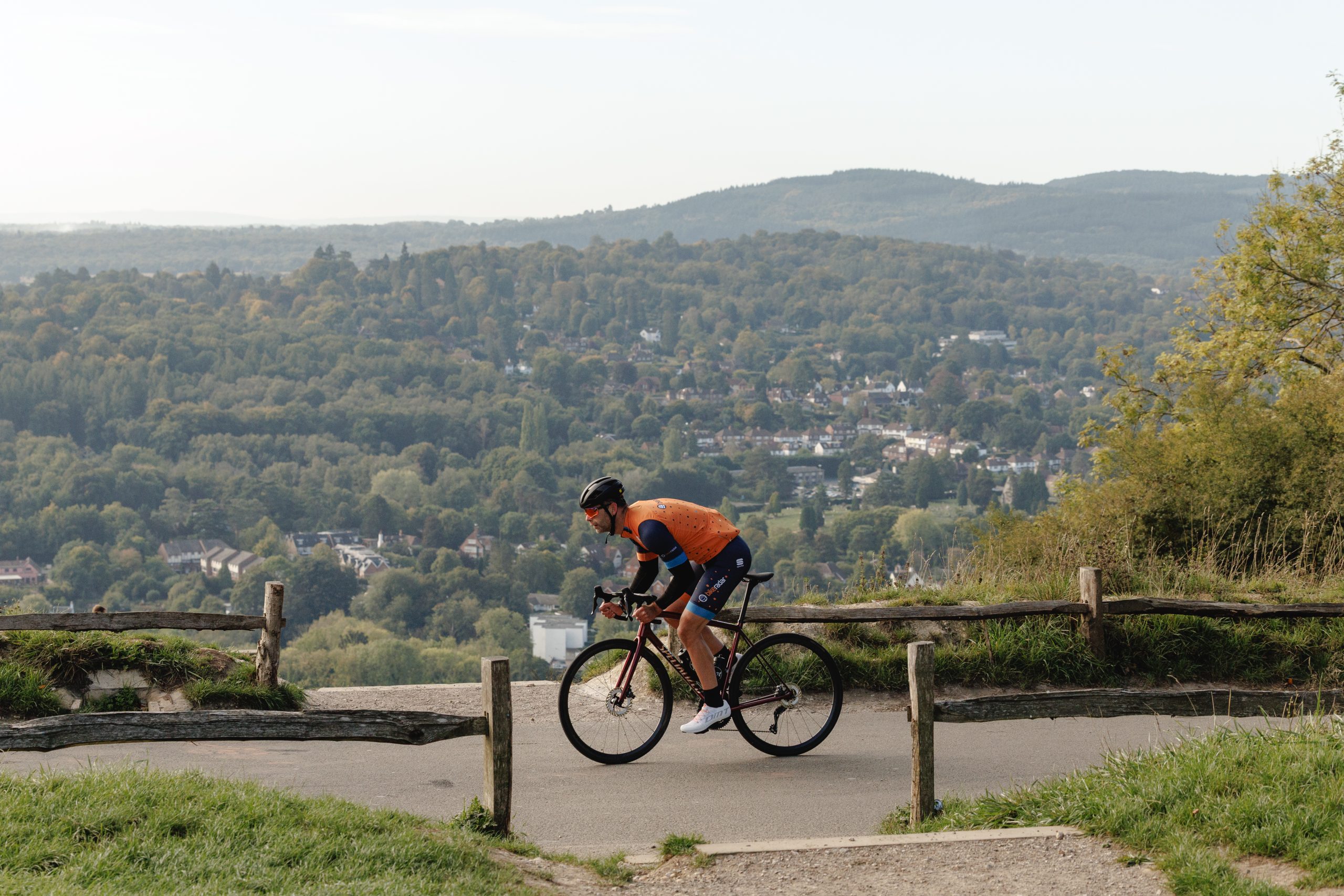
Despite not featuring either the top-spec frame or wheelset, which Specialized insists aren’t as stiff as they could be by design, the Aethos offered an impressively easy-going ride quality on a 78km loop through the Surrey hills.
Heavy textures, and lumps and bumps are dealt with remarkably well considering the tyres are ‘only’ 28mm wide to match the 21mm-wide internal channel.
It’s accepted that bigger tyre sizes run at correspondingly low pressures will soften a ride, all things being equal, but I’d argue the Aethos proves other parts of a bike still have a key role to play. Still, making more of the widened tyre clearance to fit, for example, 32mm tyres is a tantalising prospect.
The handling is excellent – much like the Addict RC, it impresses by being so easy to ride from the get-go, yet it’s still agile and responsive.

I haven’t ridden the old Aethos, but the geometry was practically identical to the Tarmac SL8 that followed it. I found that geometry layout hard to fault, but it begged the question, why would anyone opt for the Aethos over the Tarmac on fit or handling grounds?
The new Aethos’ slightly slackened head tube and lengthened rear-centre might have done the trick to separate the two, though.
The 15mm-taller head tube also means more people will be able to ride one more comfortably. While I’ll look to dial my fit beyond supplying a few basic details and noodling around a car park when we receive a test bike for a full review, the benefits are plain on paper.
A teary goodbye to external routing?
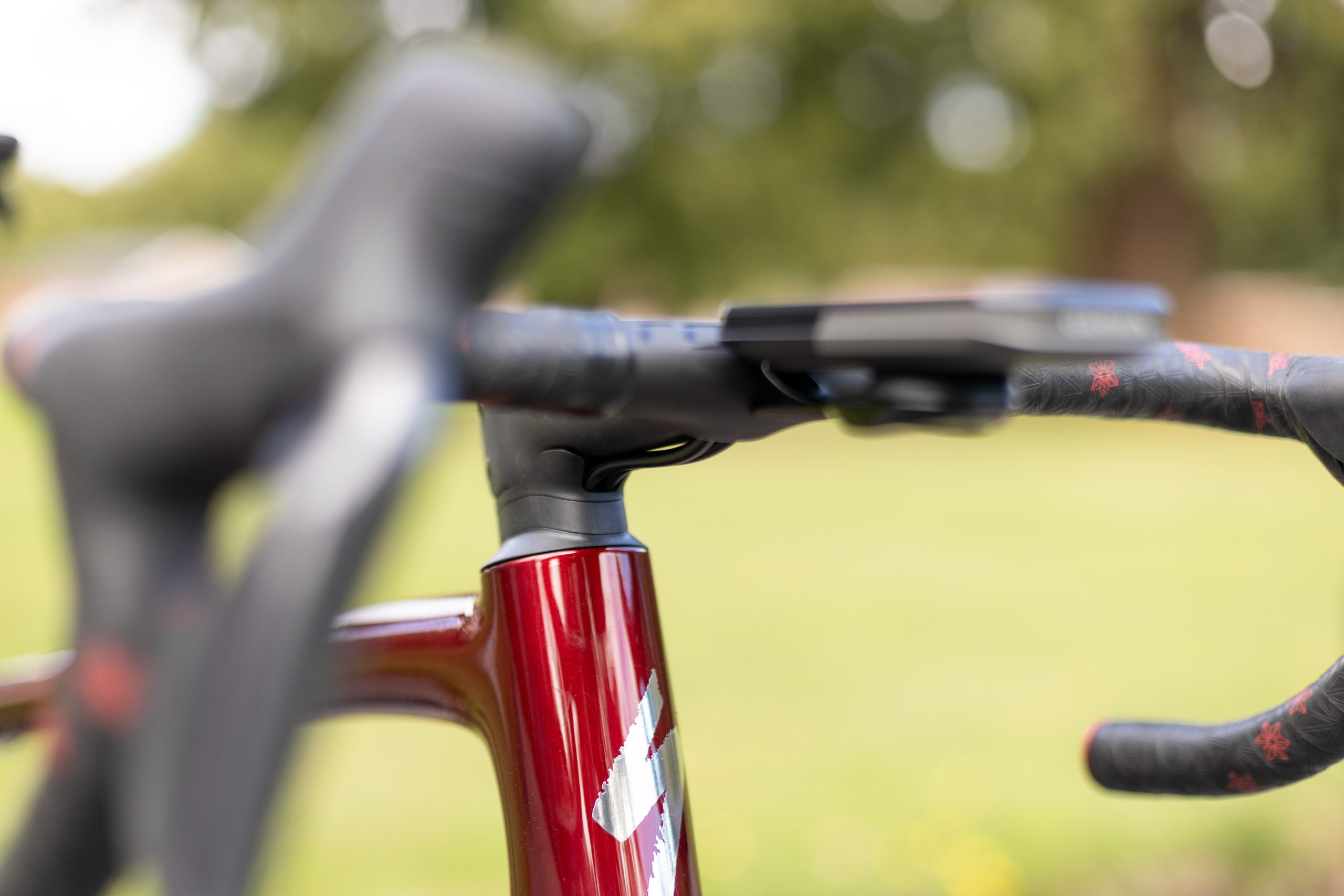
Specialized’s decision to follow convention and update the Aethos with full internal cable routing will divide opinion.
It’s part of what made the old Aethos stand out from the crowd, as well as being more customisable and easier to service than its competitors. For that, I lament its passing.
That said, phrases such as ‘brought up to date’ and ‘modernised’ are easily recalled from my time spent with Specialized’s product leads, while I’m told the move reflects what would-be customers are asking for.
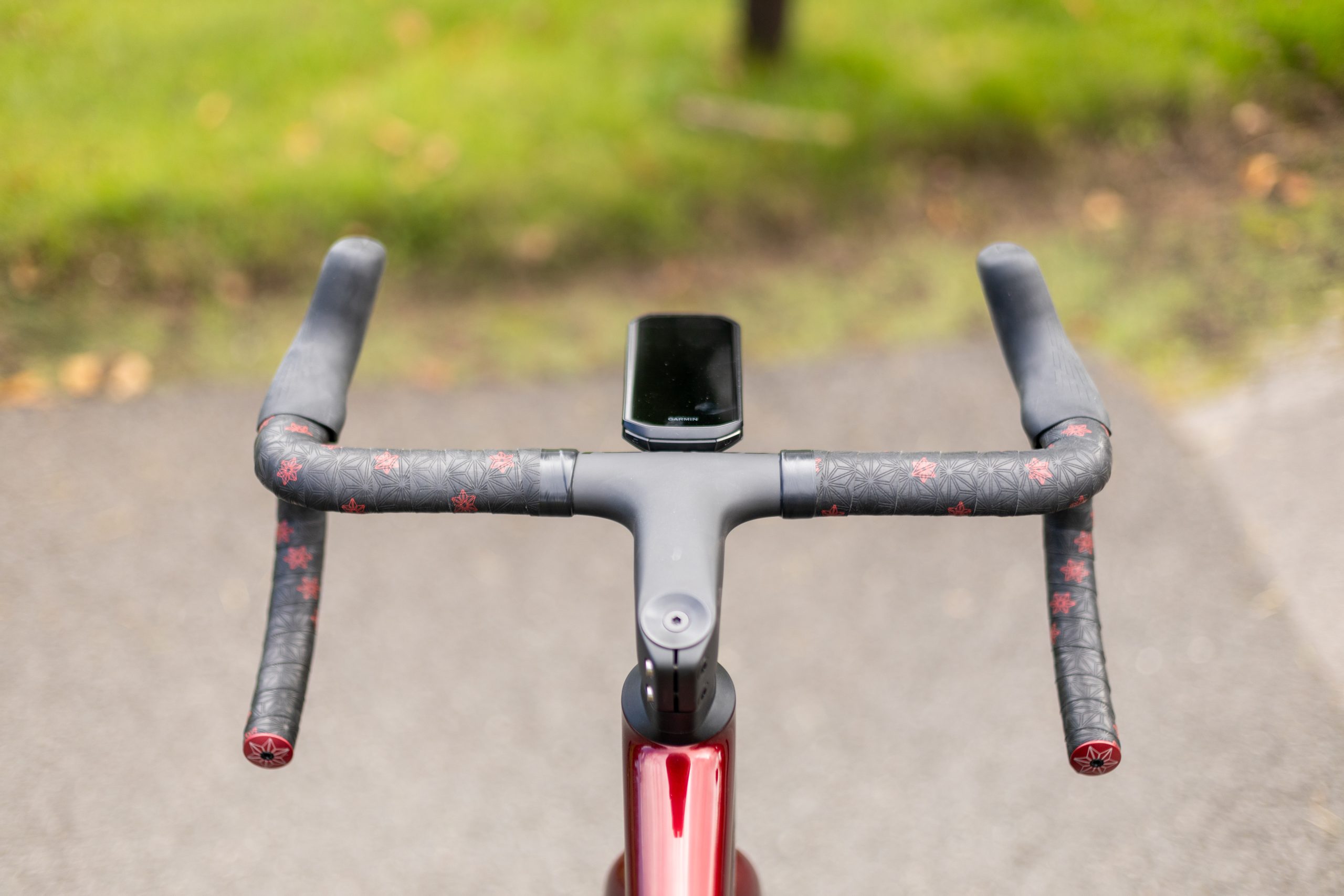
As it is, the Alpinist II cockpit is well thought-out – it’s easy to move around it from the hoods to the drops and up to the tops, and the 4-degree flare keeps things compact but feeling planted. The profile of the tops is good too, although I’ve fairly large hands, and found myself wishing for a couple more millimetres of breadth than delivered.
While many will lament the loss of a two-piece, externally routed layout, you can at least fit your own favoured cockpit from a wide choice, given the standard steerer shape.
Specialized Aethos 2 Pro Di2 initial verdict

After my initial test ride, it’s clear the Specialized Aethos 2 is an incredibly good bike. It might not stand out in quite the same way as the old one, but that doesn’t necessarily matter.
More important is that the tweaks to the frame appear to have improved the recipe for most riders – both in terms of handling and fit.
However, it’s a shame that the S-Works bikes are now set a little further apart from the more affordable models on paper, and perhaps in the real world too.

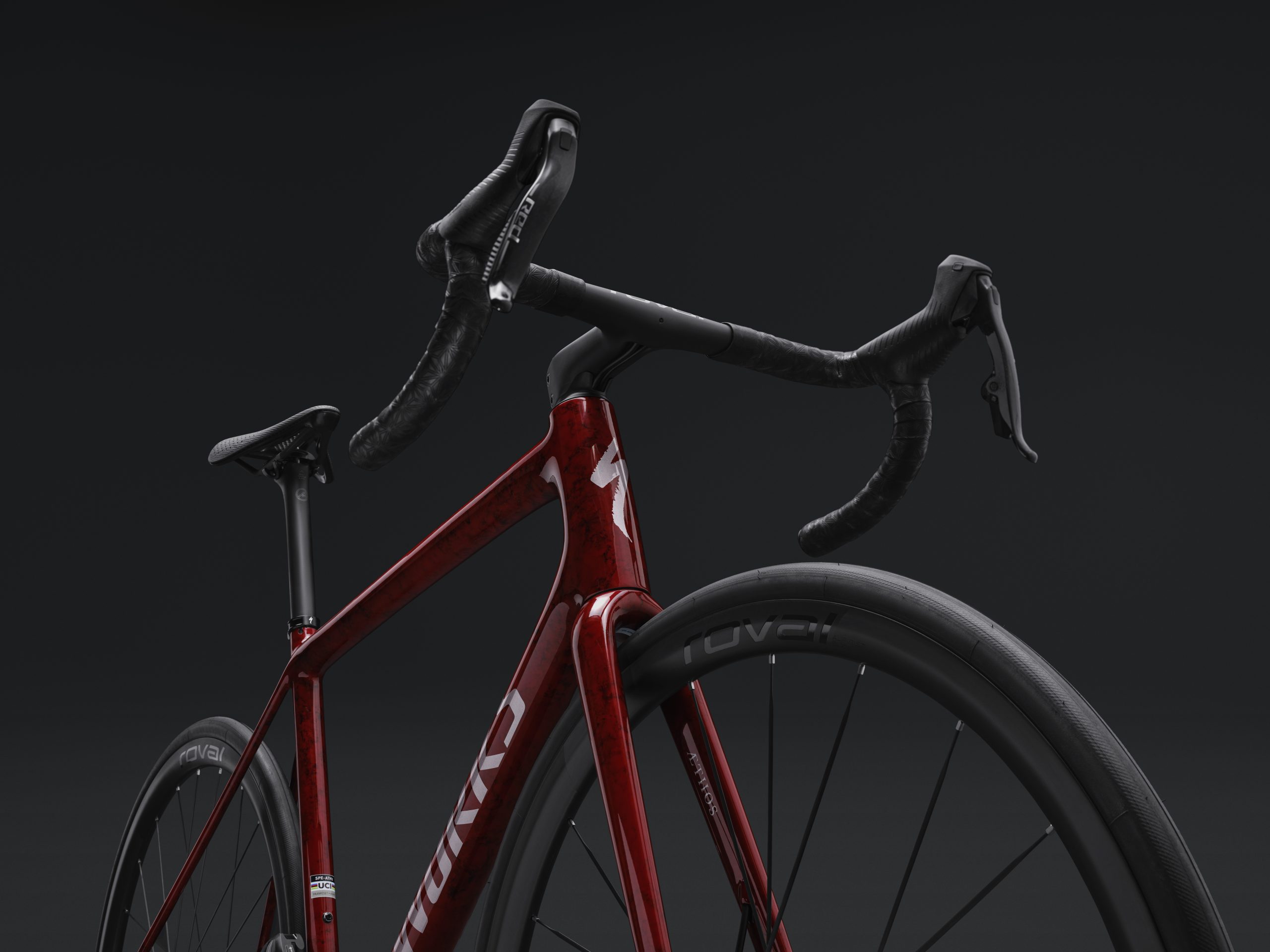

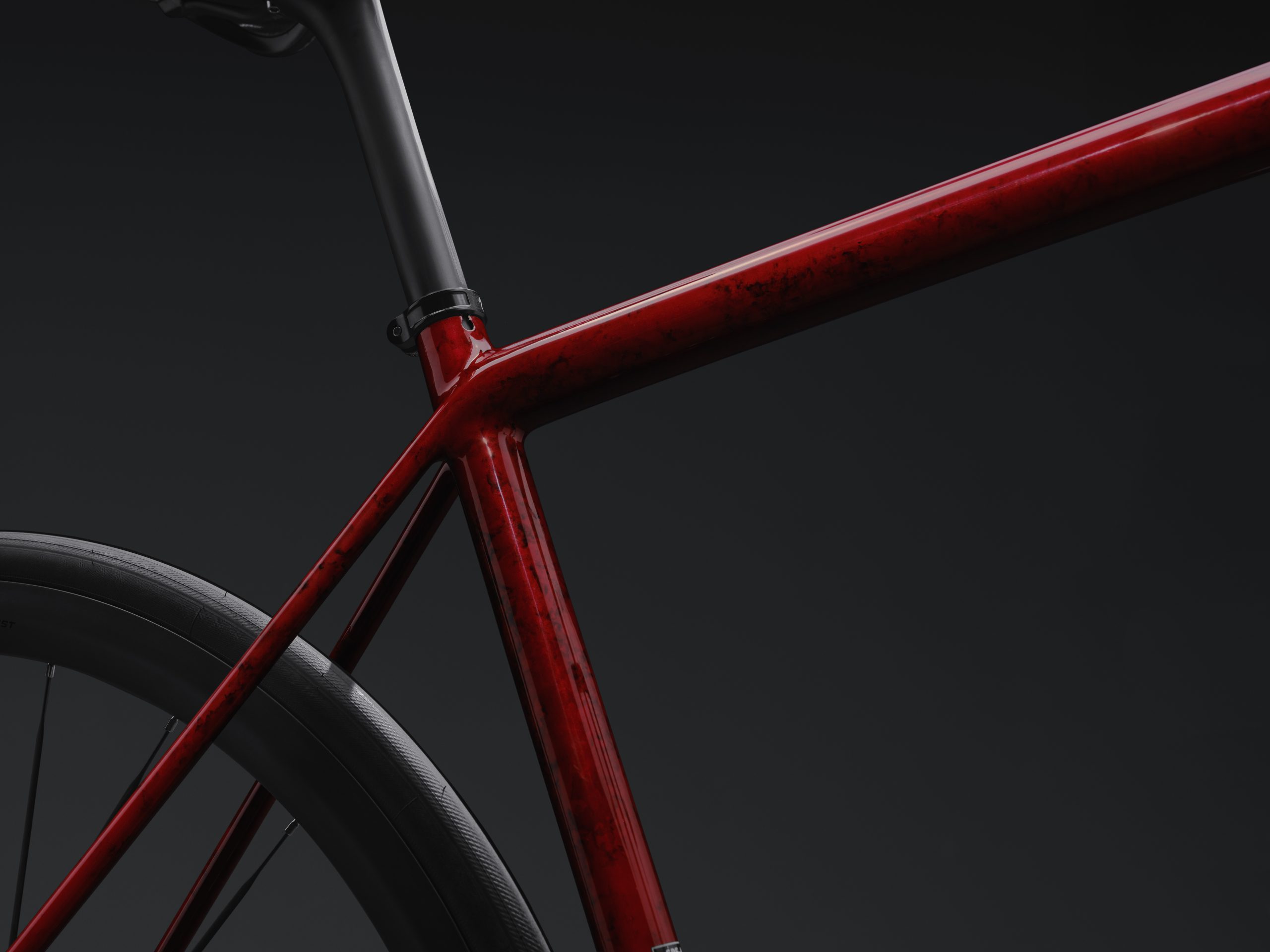
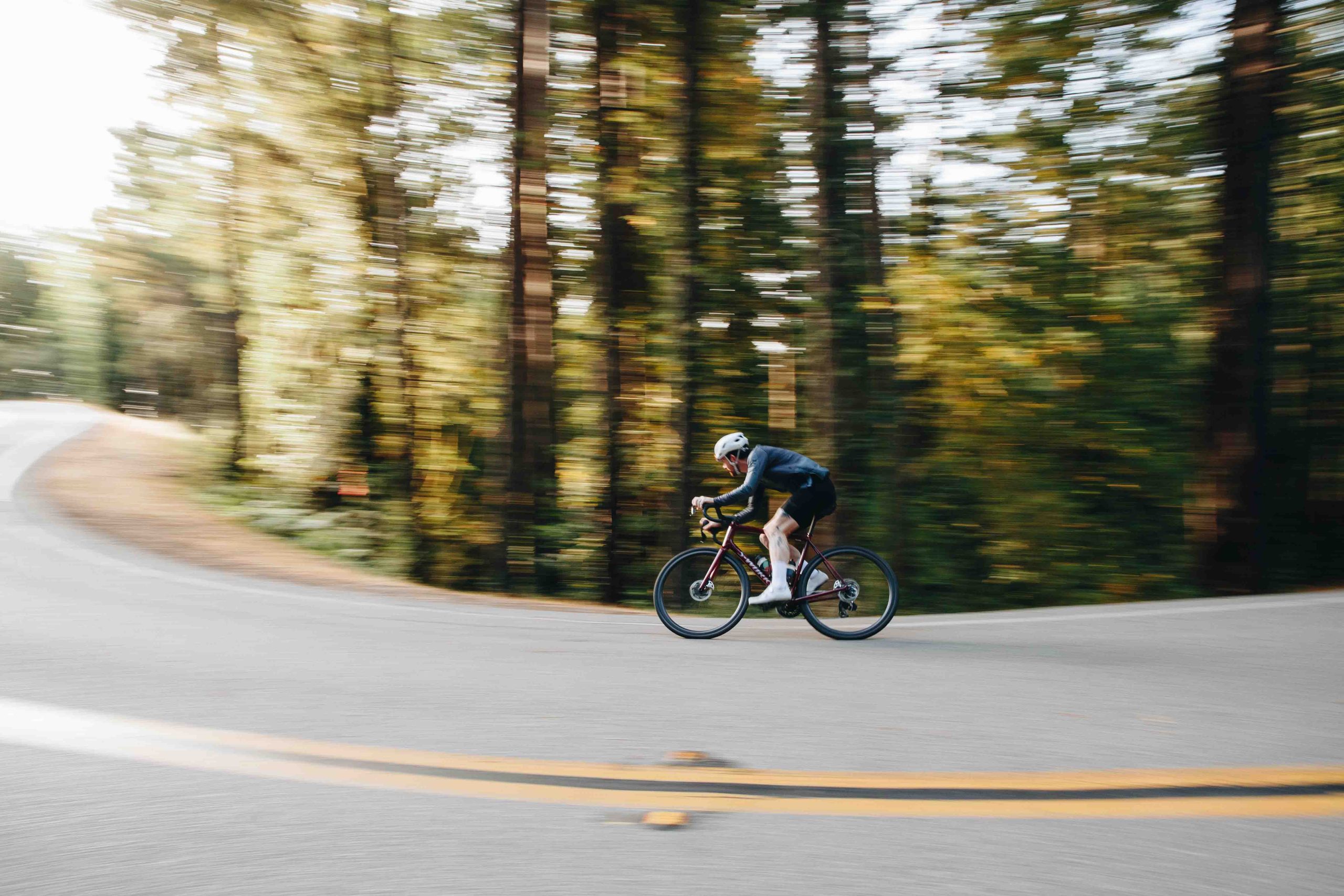
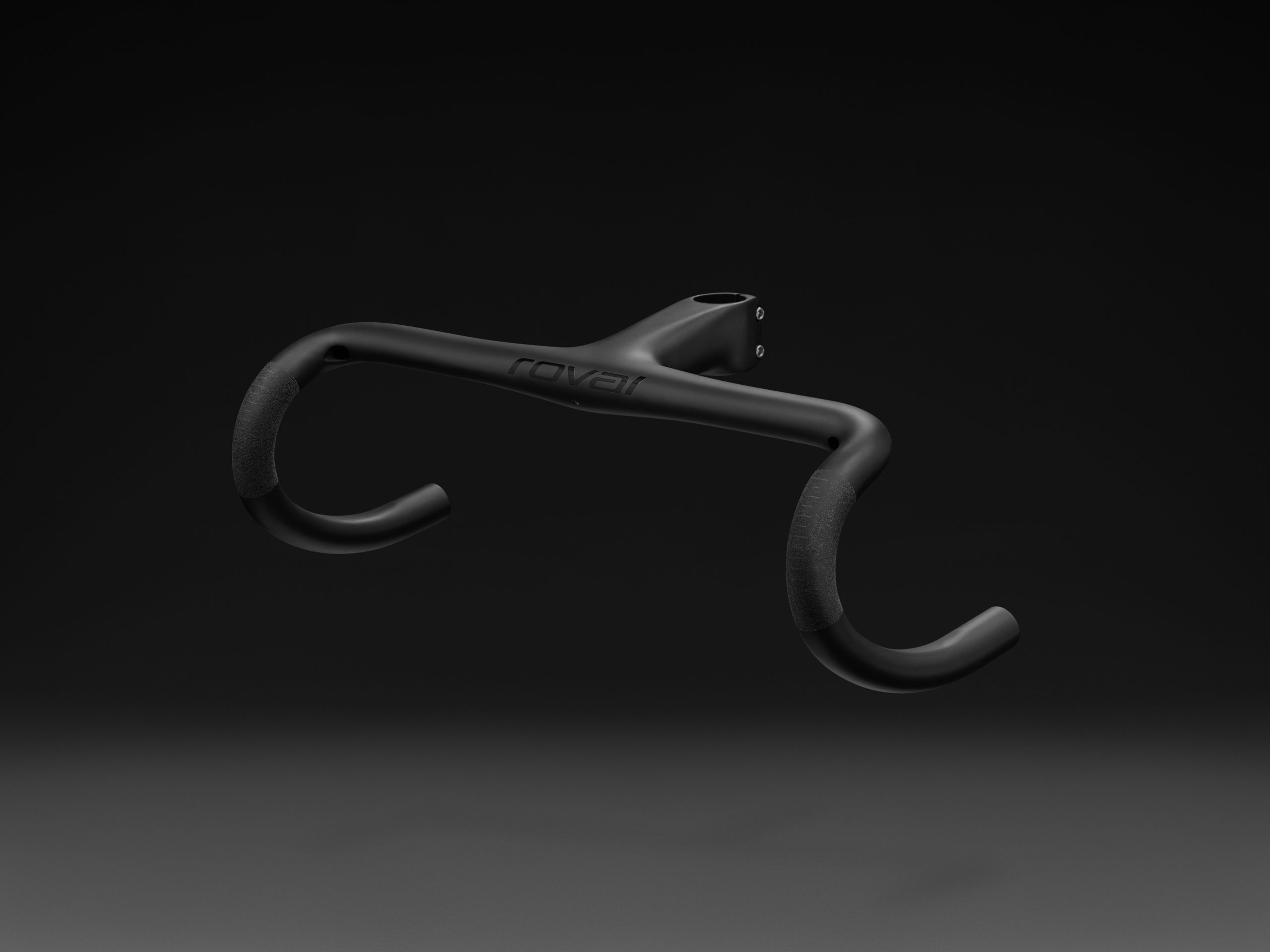




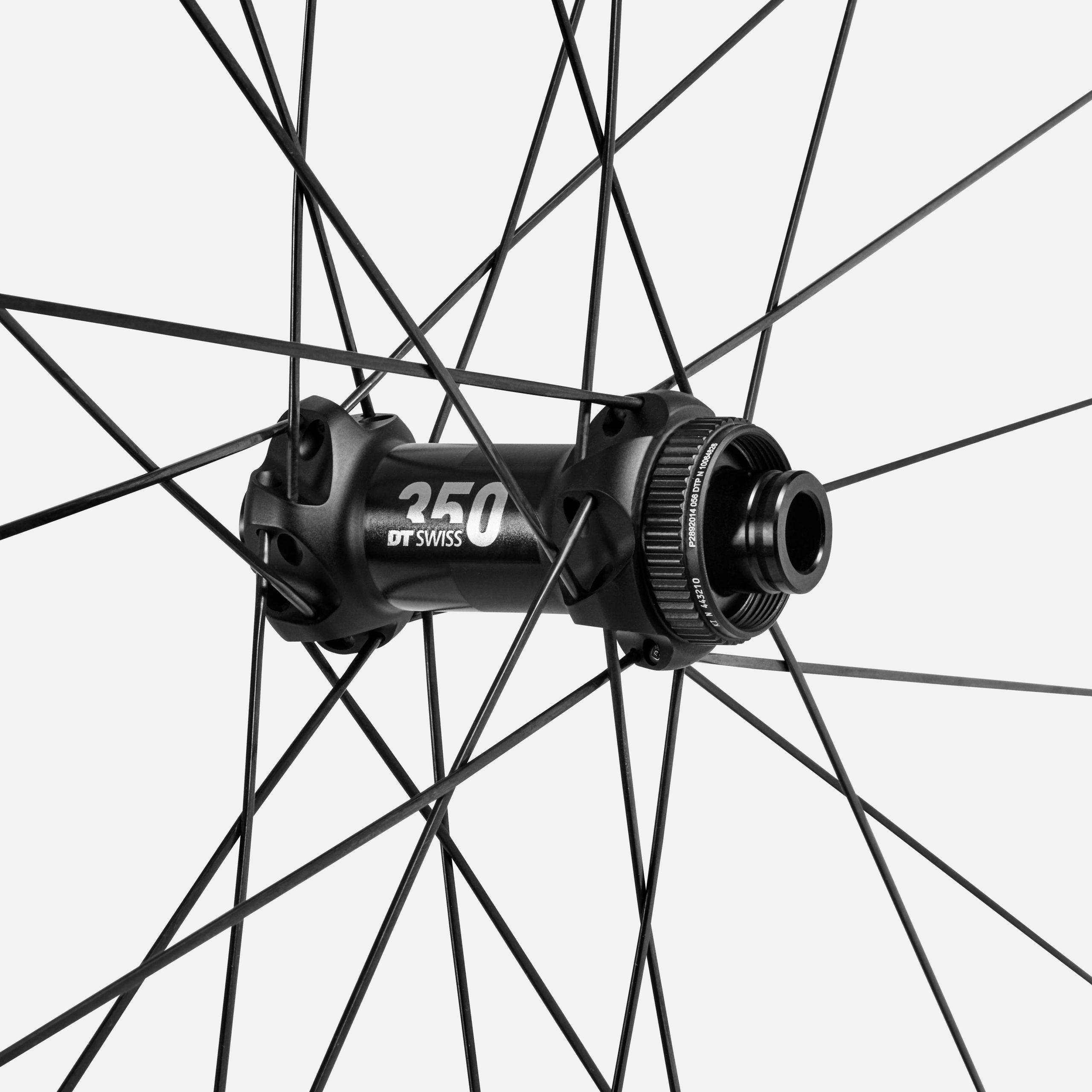
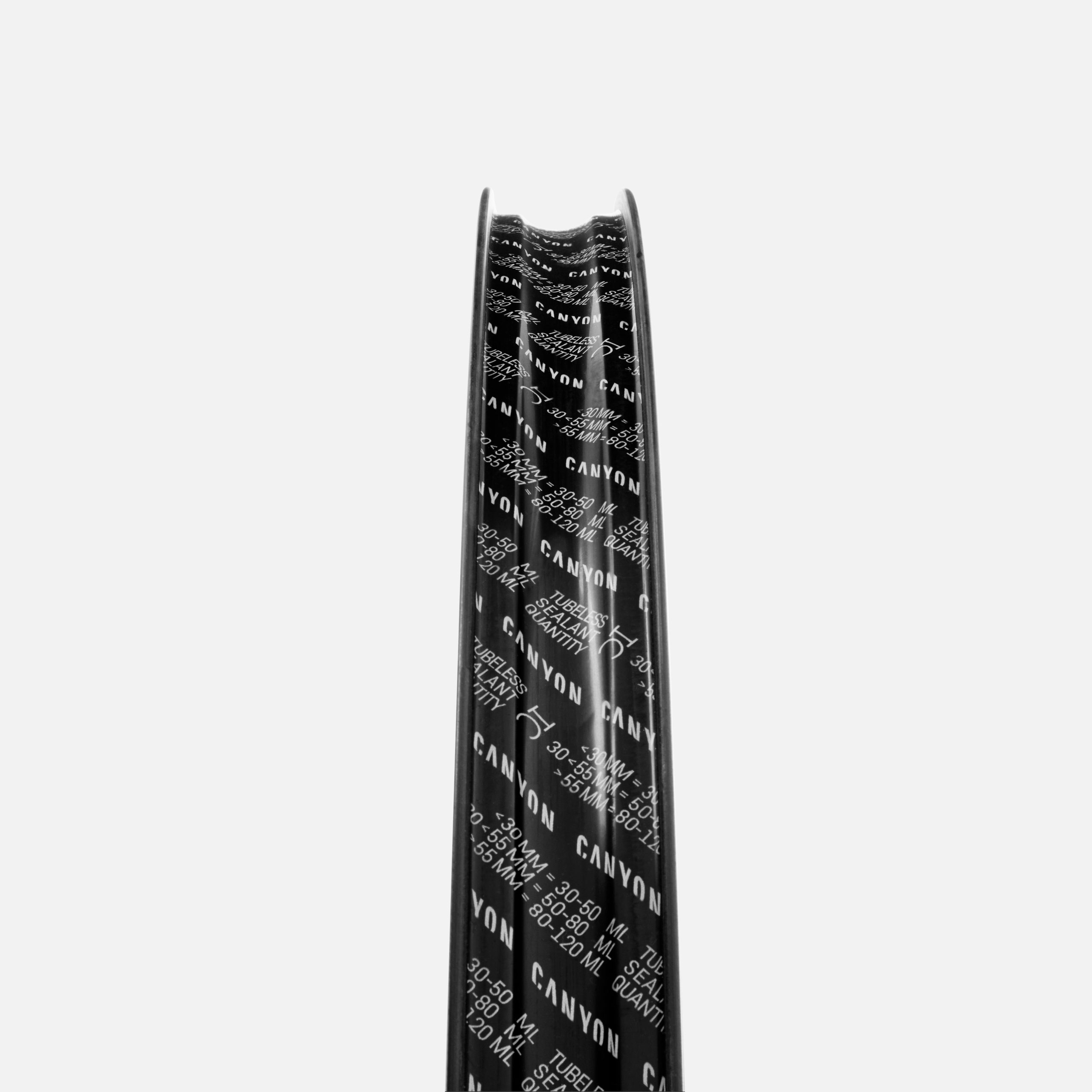
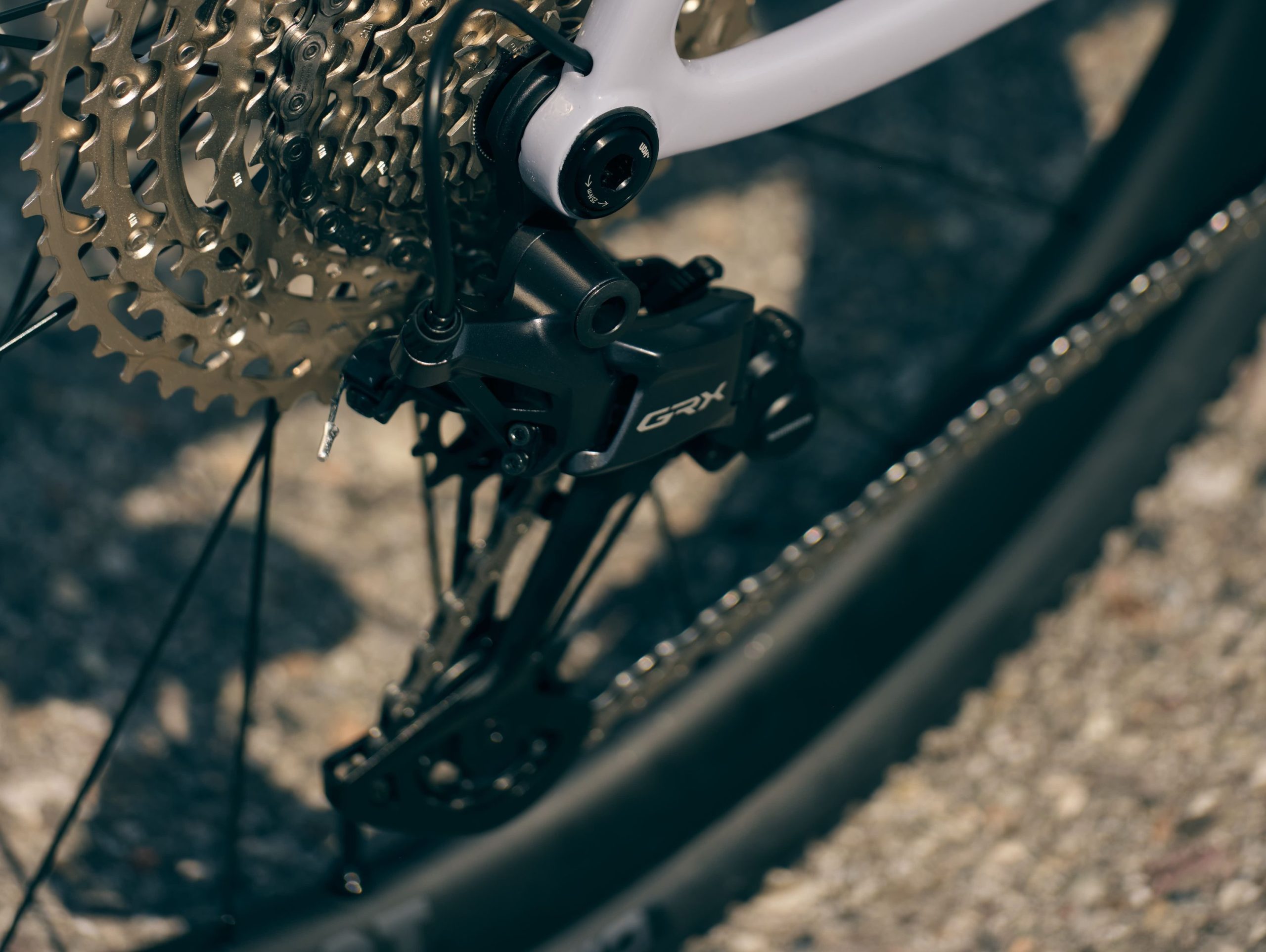
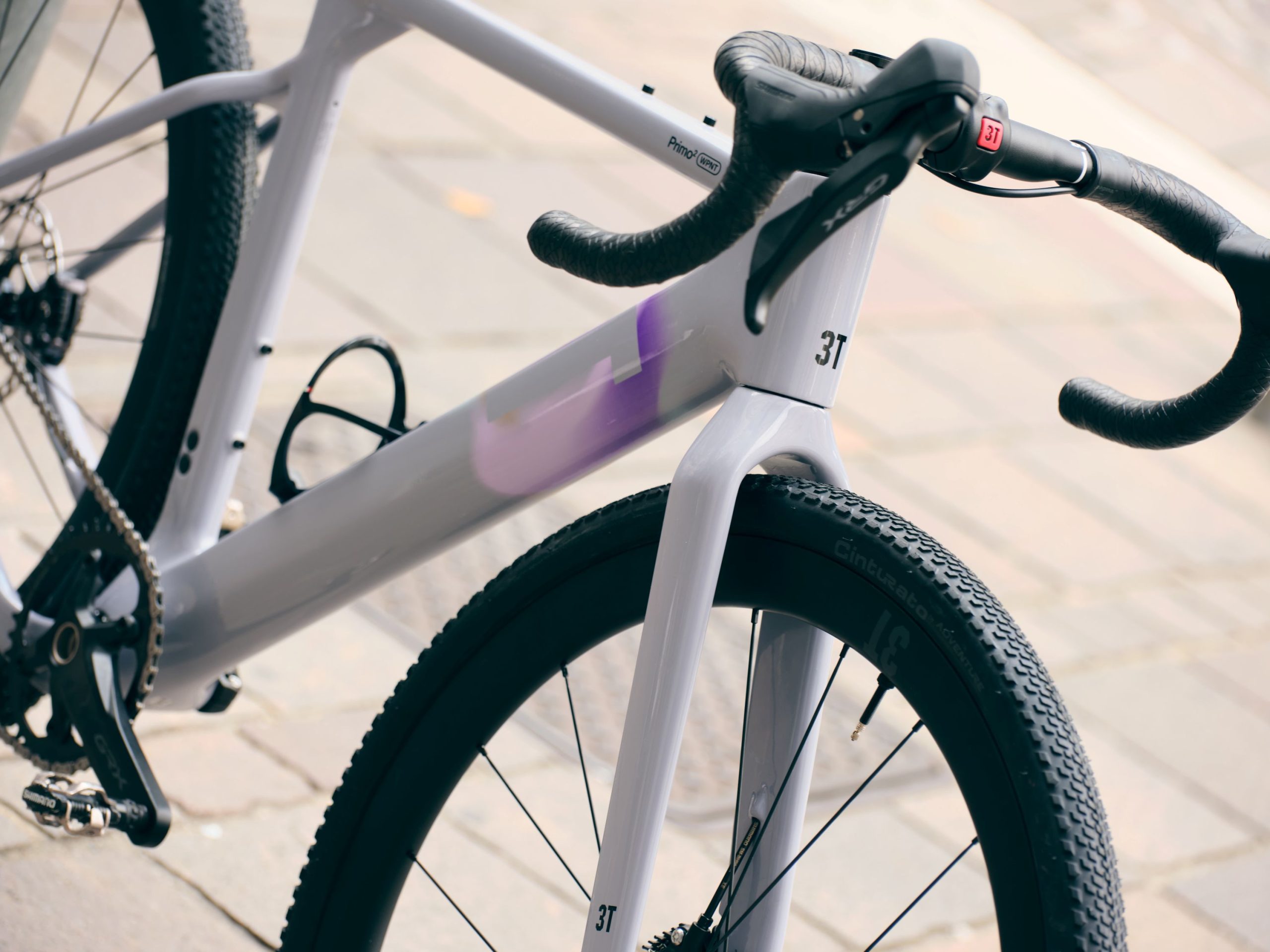
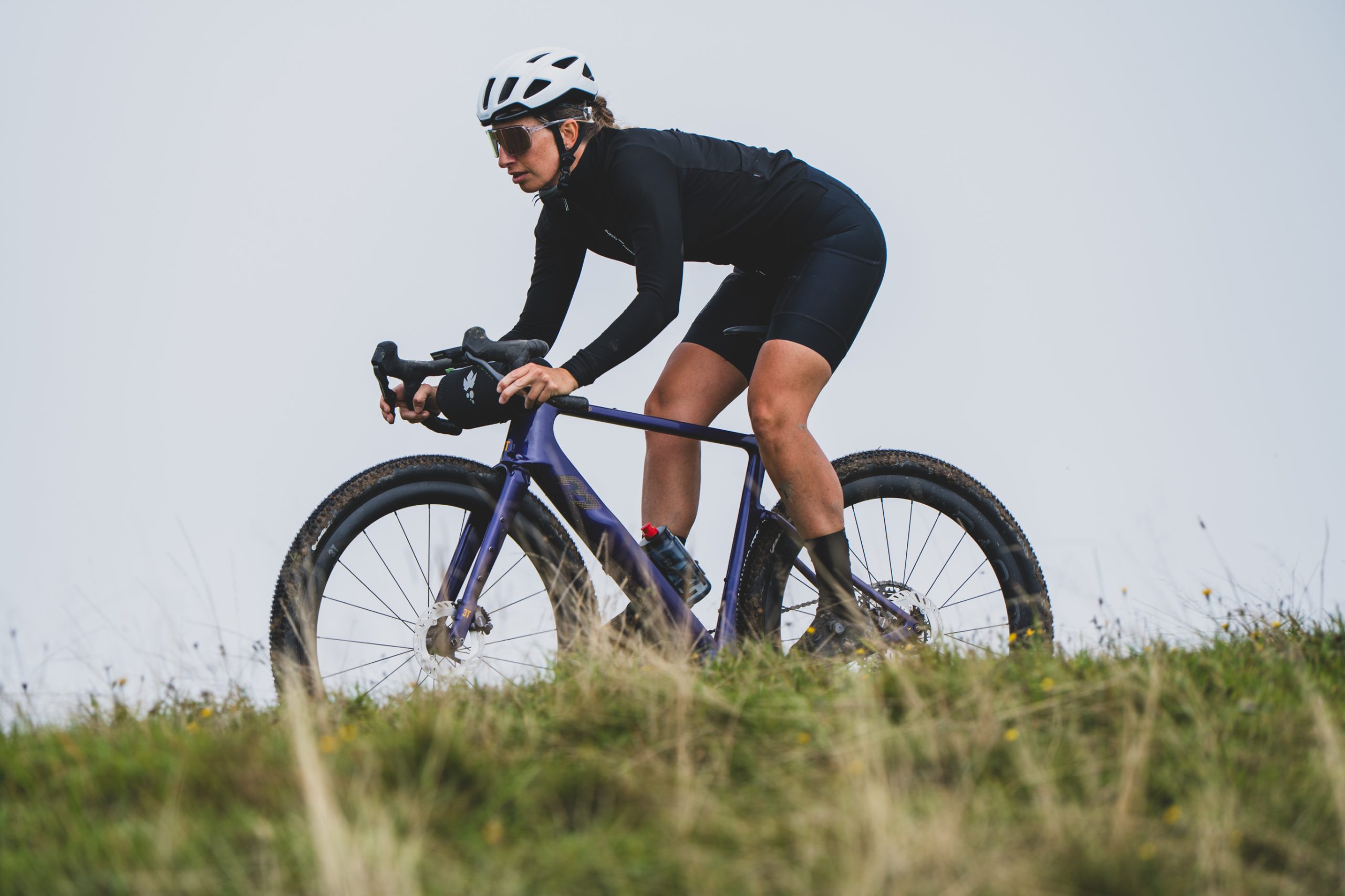




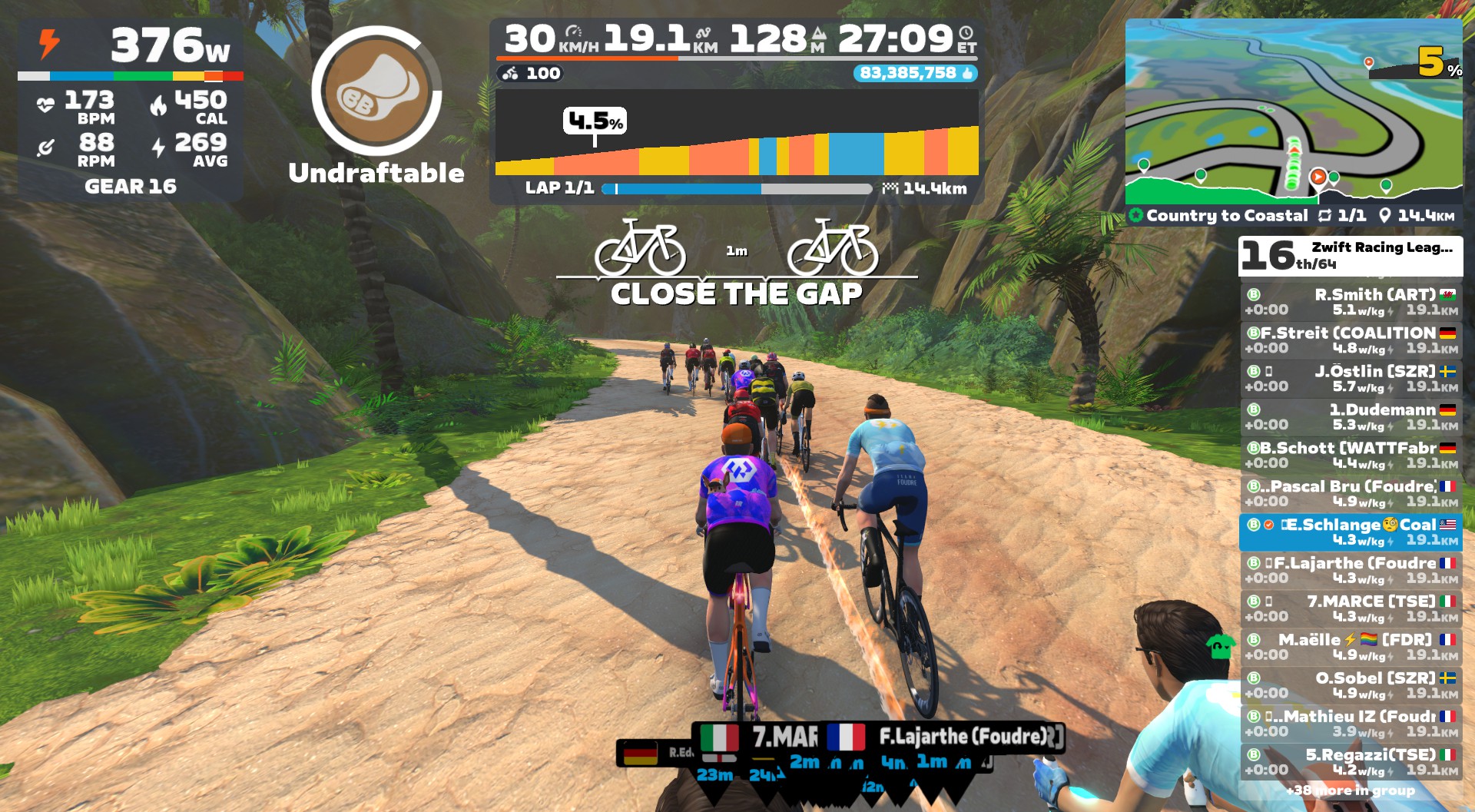
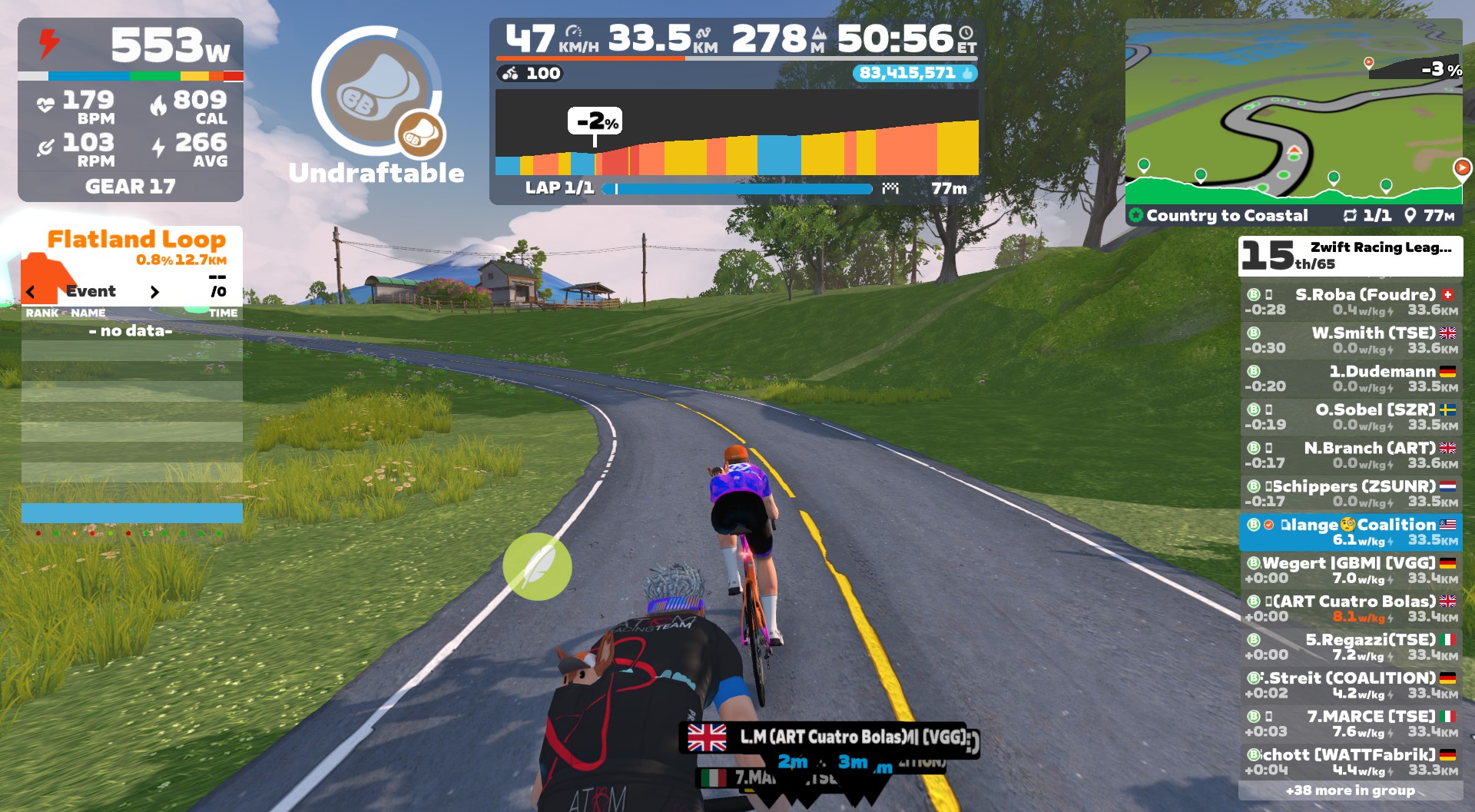


 . In a way you helped me out, because I was hurting like hell going up there and noticed that you were behind me towards the top of the climb and over the climb. As you’re one of our stronger riders, in my head I thought, “Ah well if Eric is ok to sit near the back of the pack then maybe I shouldn’t worry too much,” and thus stopped panicking and didn’t destroy myself to get near the front. So, thanks I guess to your trainer?
. In a way you helped me out, because I was hurting like hell going up there and noticed that you were behind me towards the top of the climb and over the climb. As you’re one of our stronger riders, in my head I thought, “Ah well if Eric is ok to sit near the back of the pack then maybe I shouldn’t worry too much,” and thus stopped panicking and didn’t destroy myself to get near the front. So, thanks I guess to your trainer?  Great job working through all that though whilst trying to re-pair everything!”
Great job working through all that though whilst trying to re-pair everything!”







